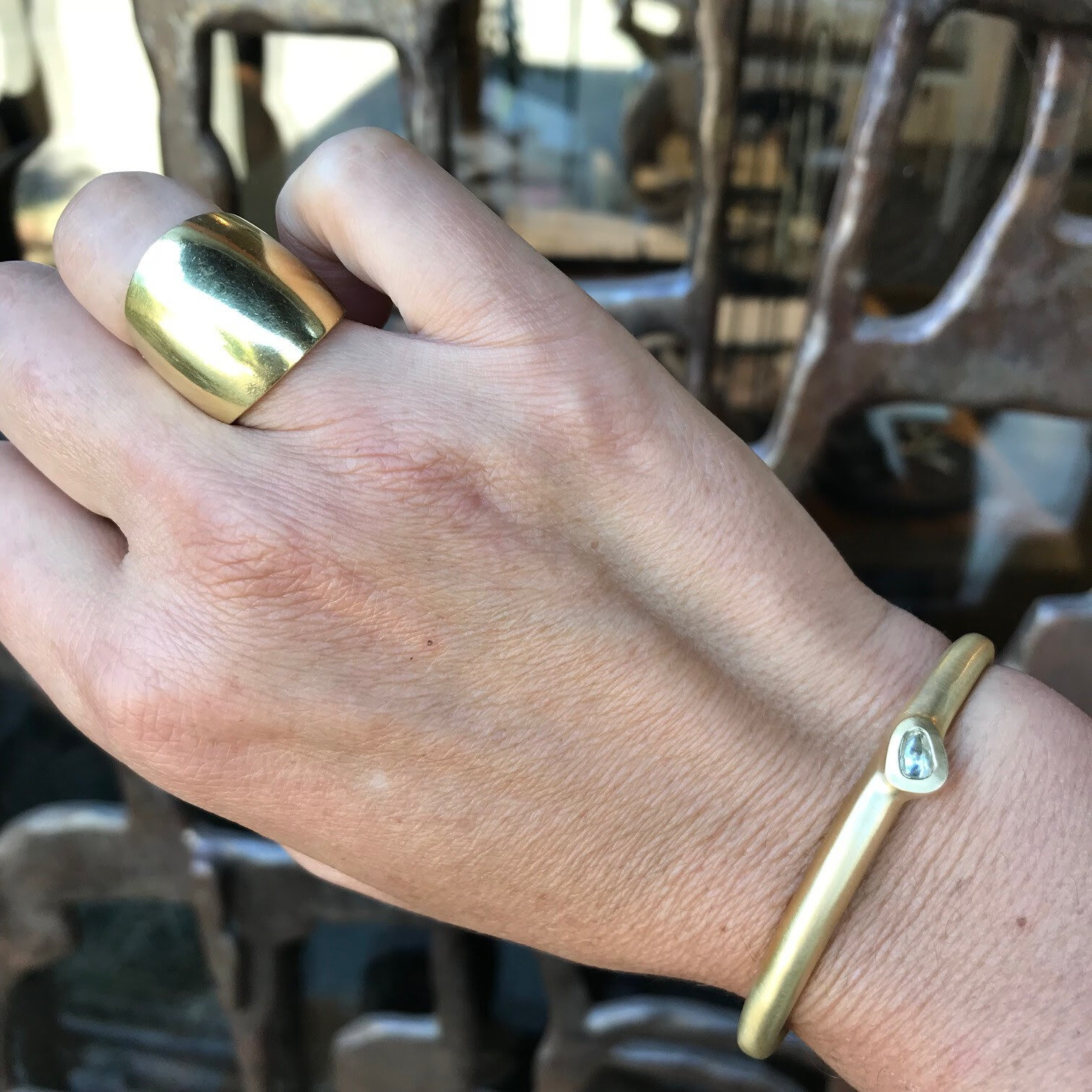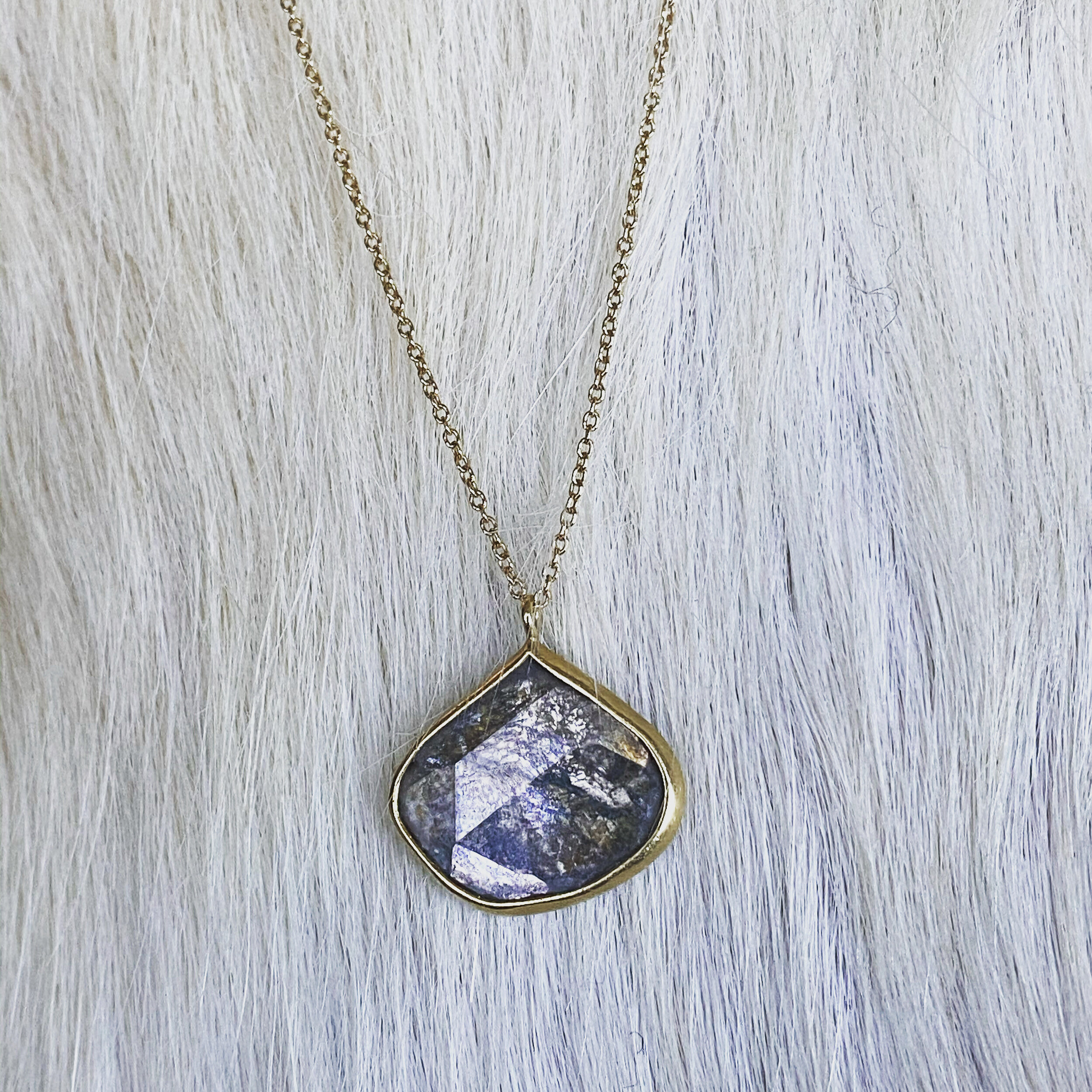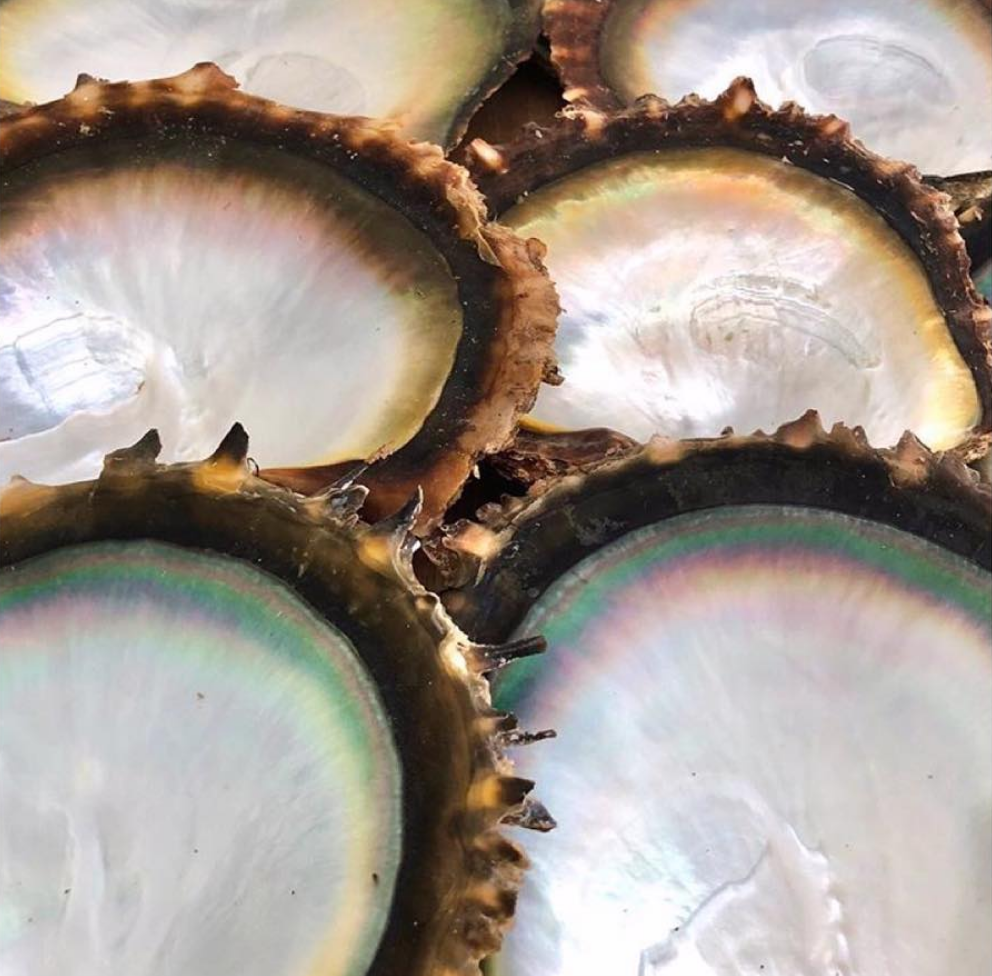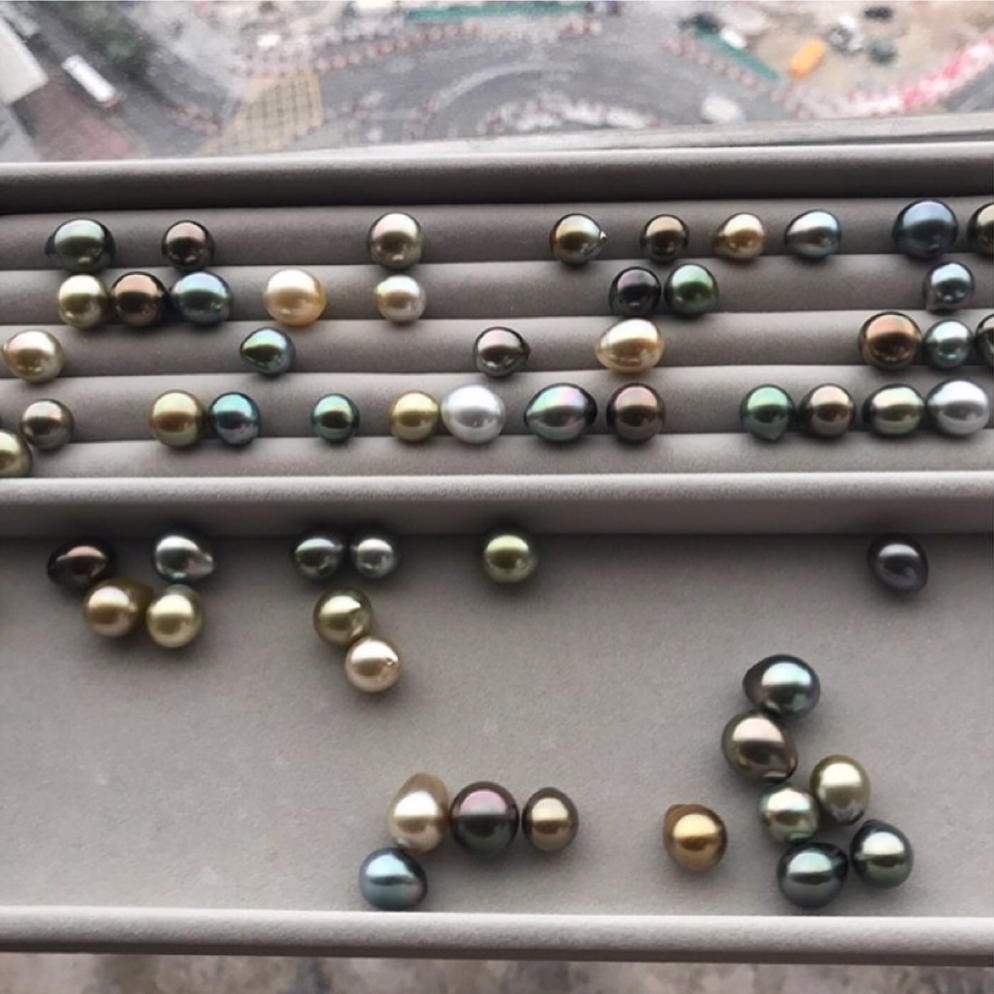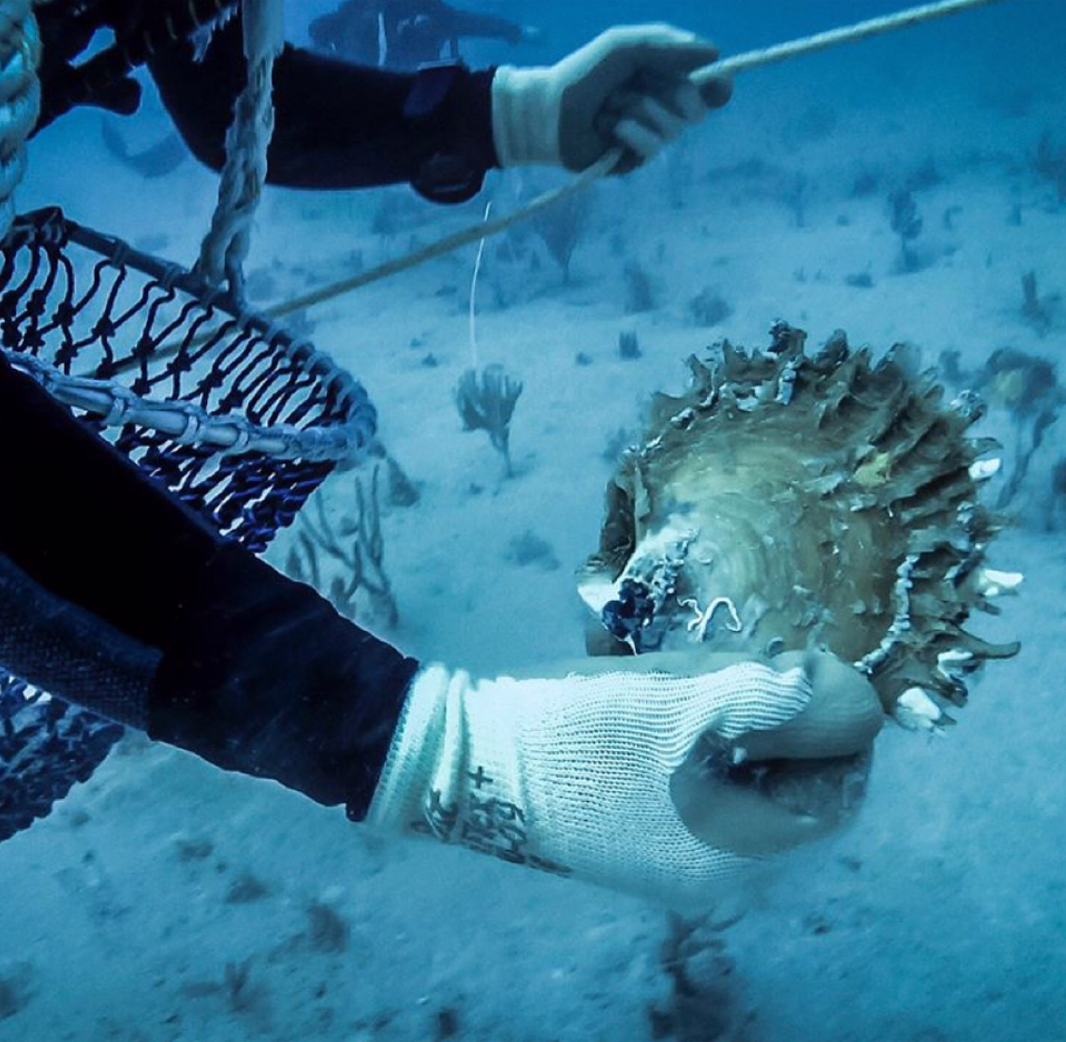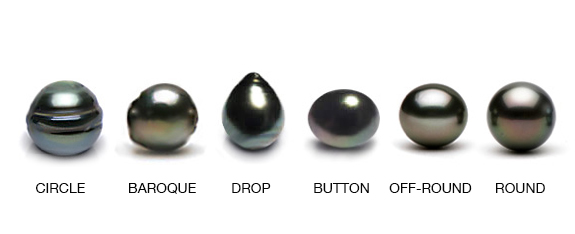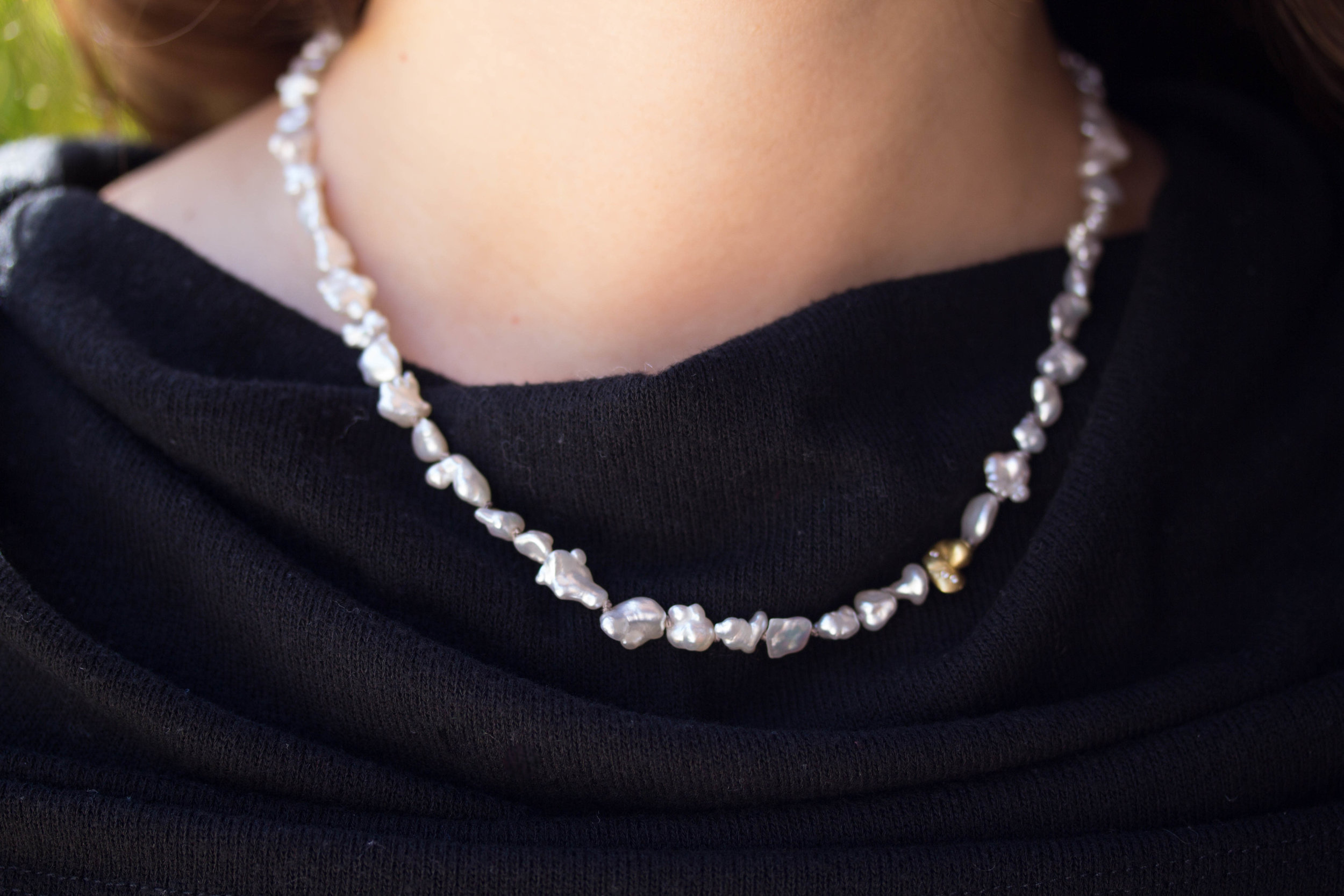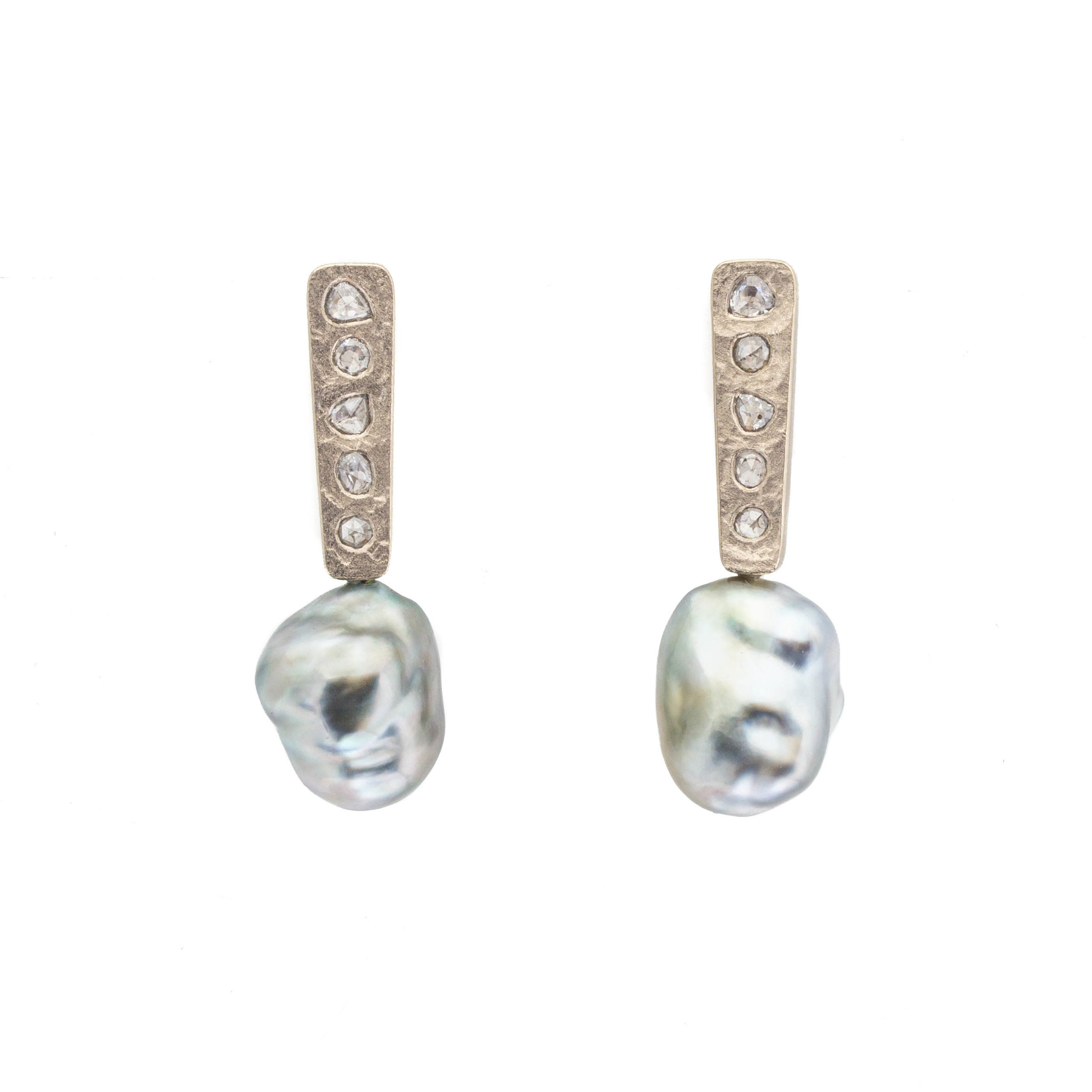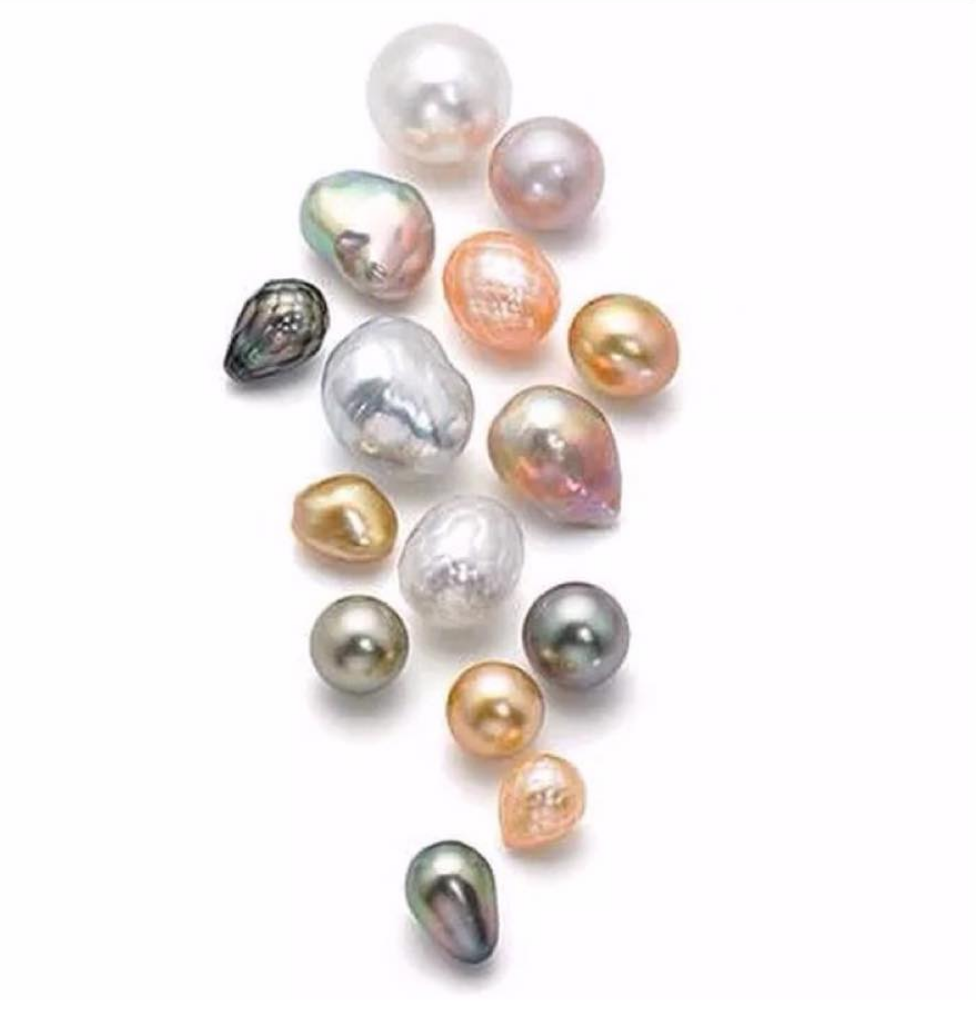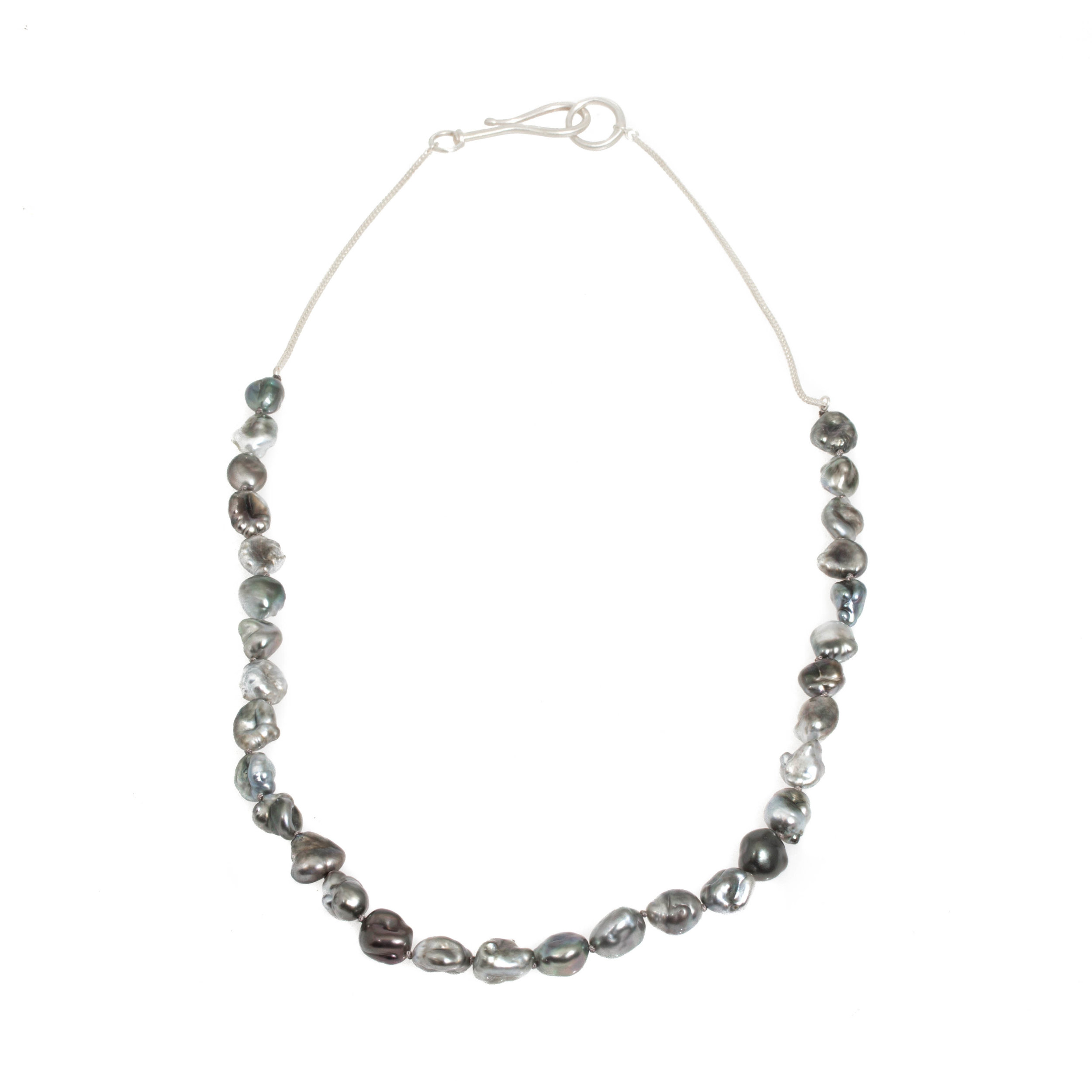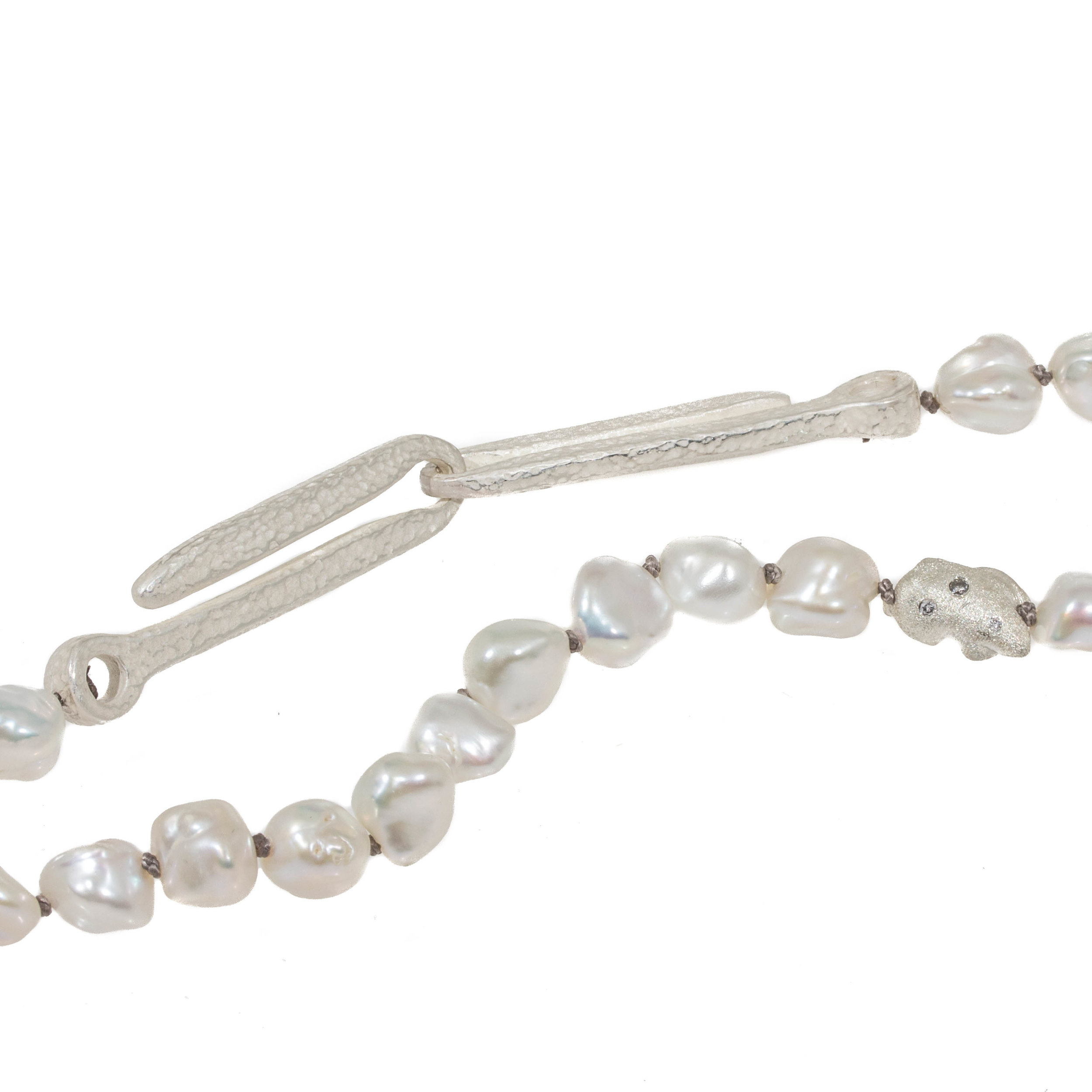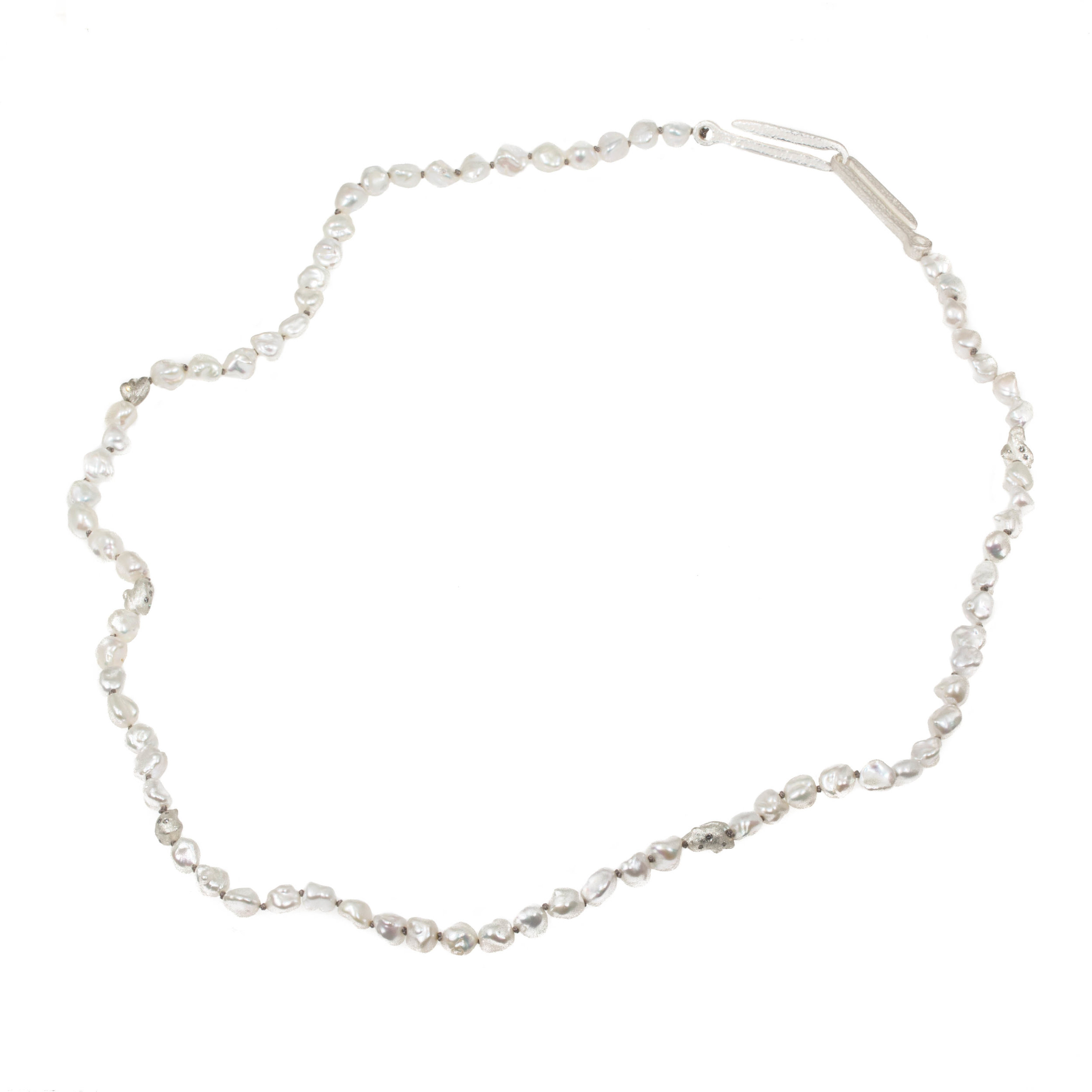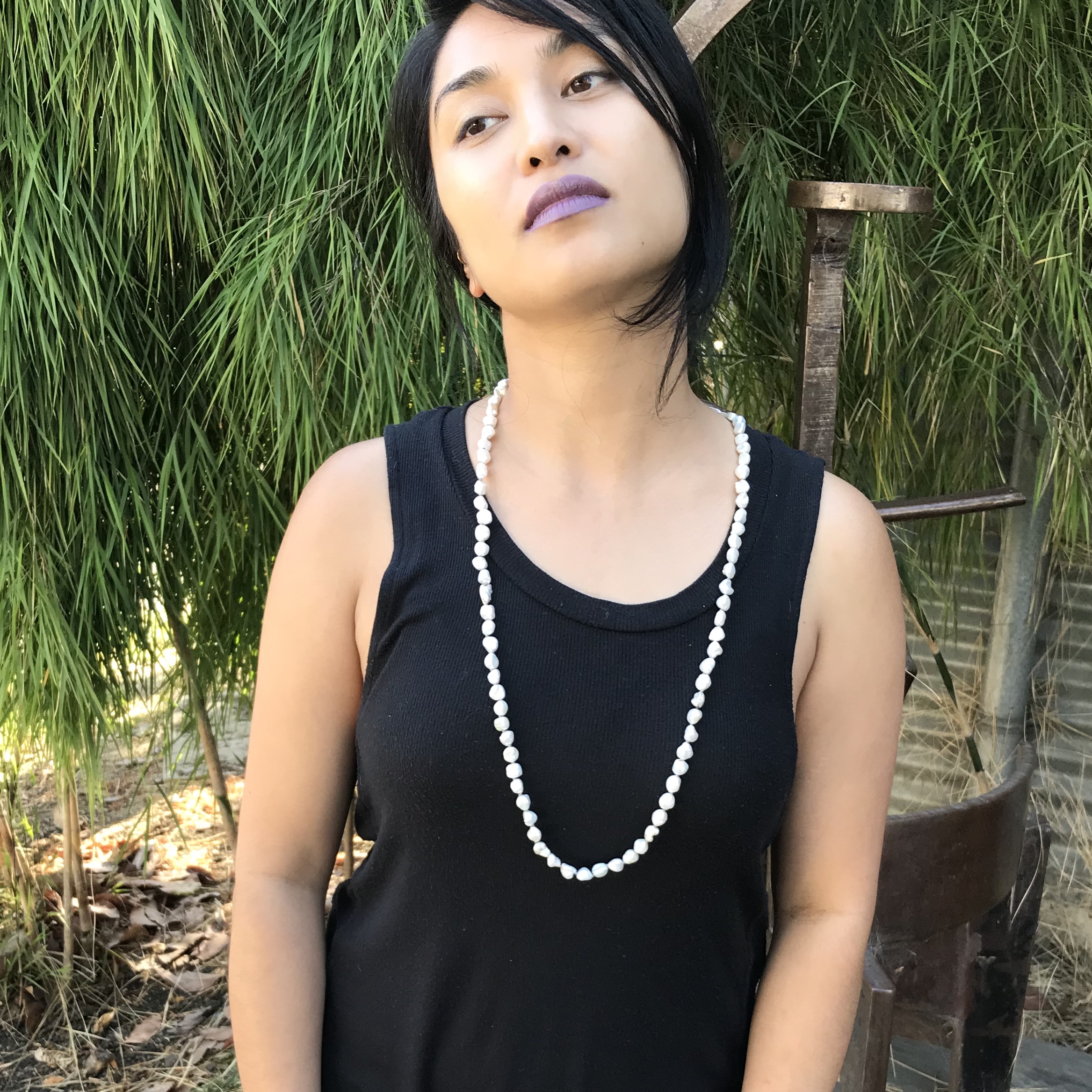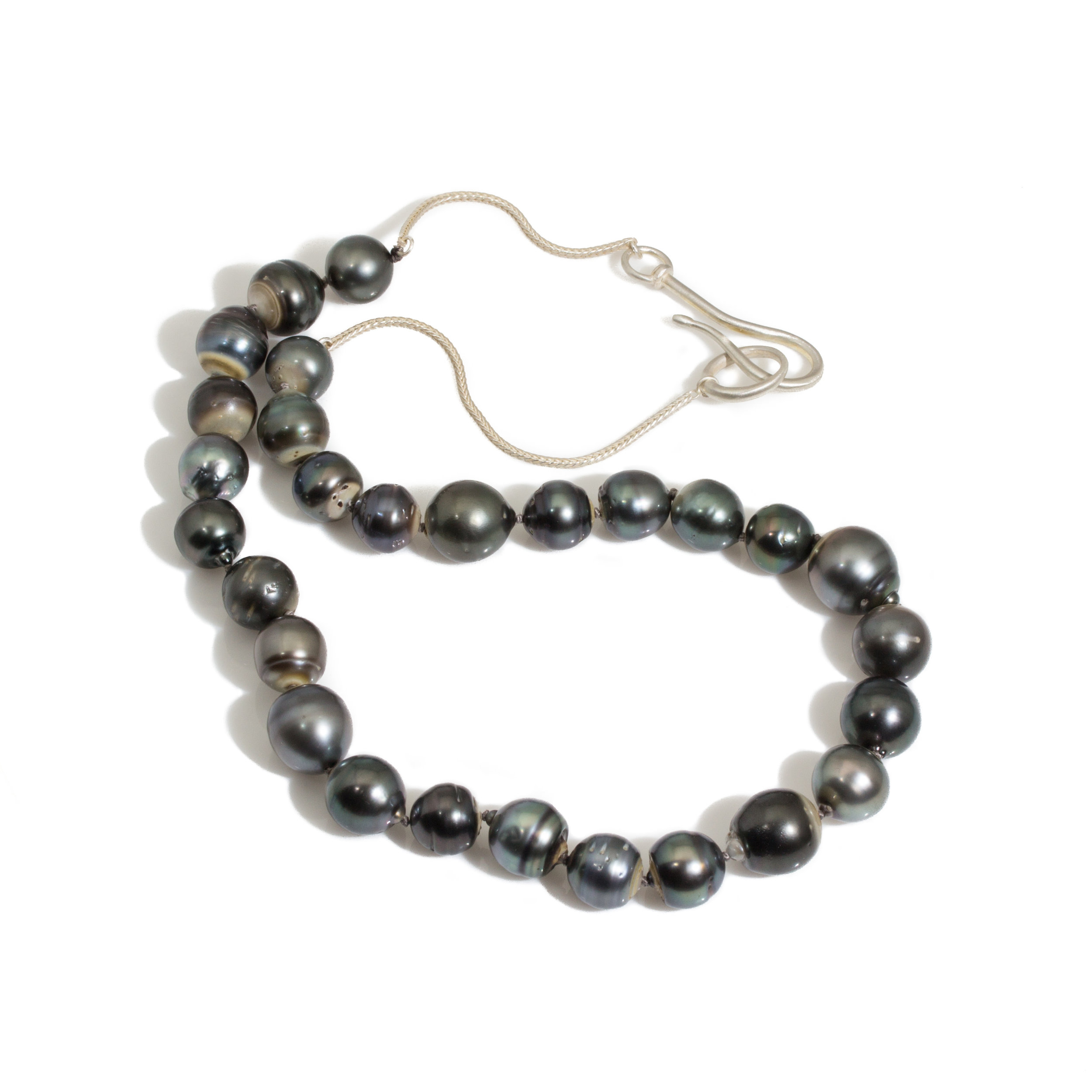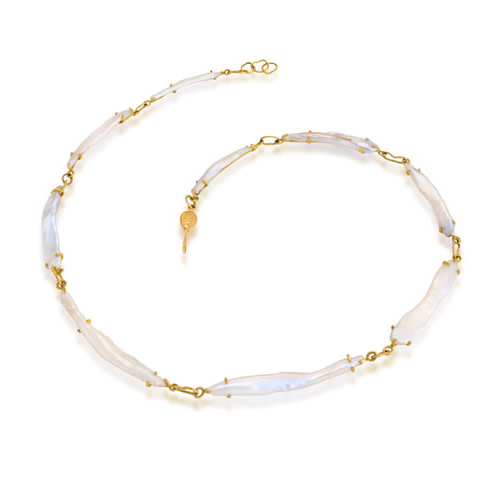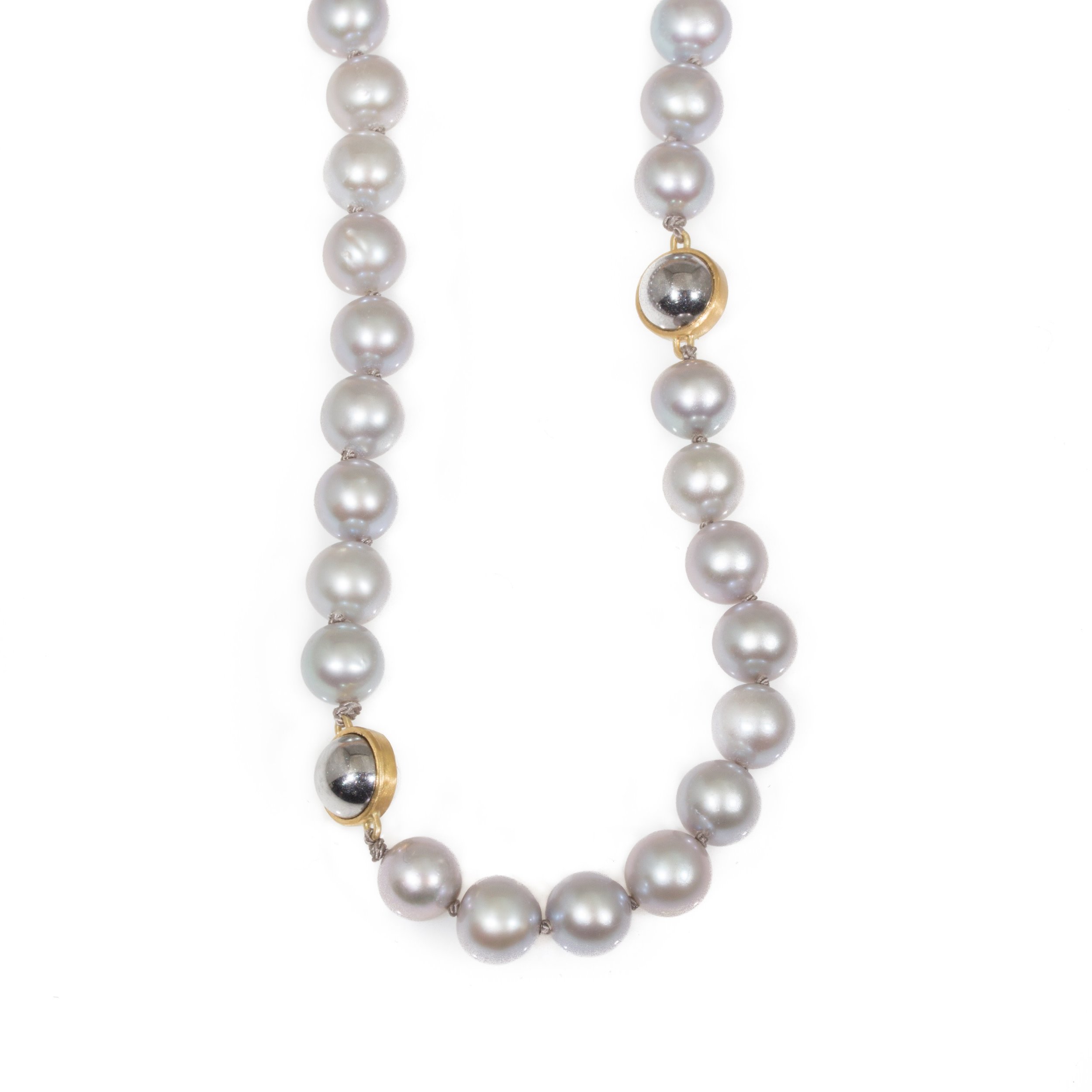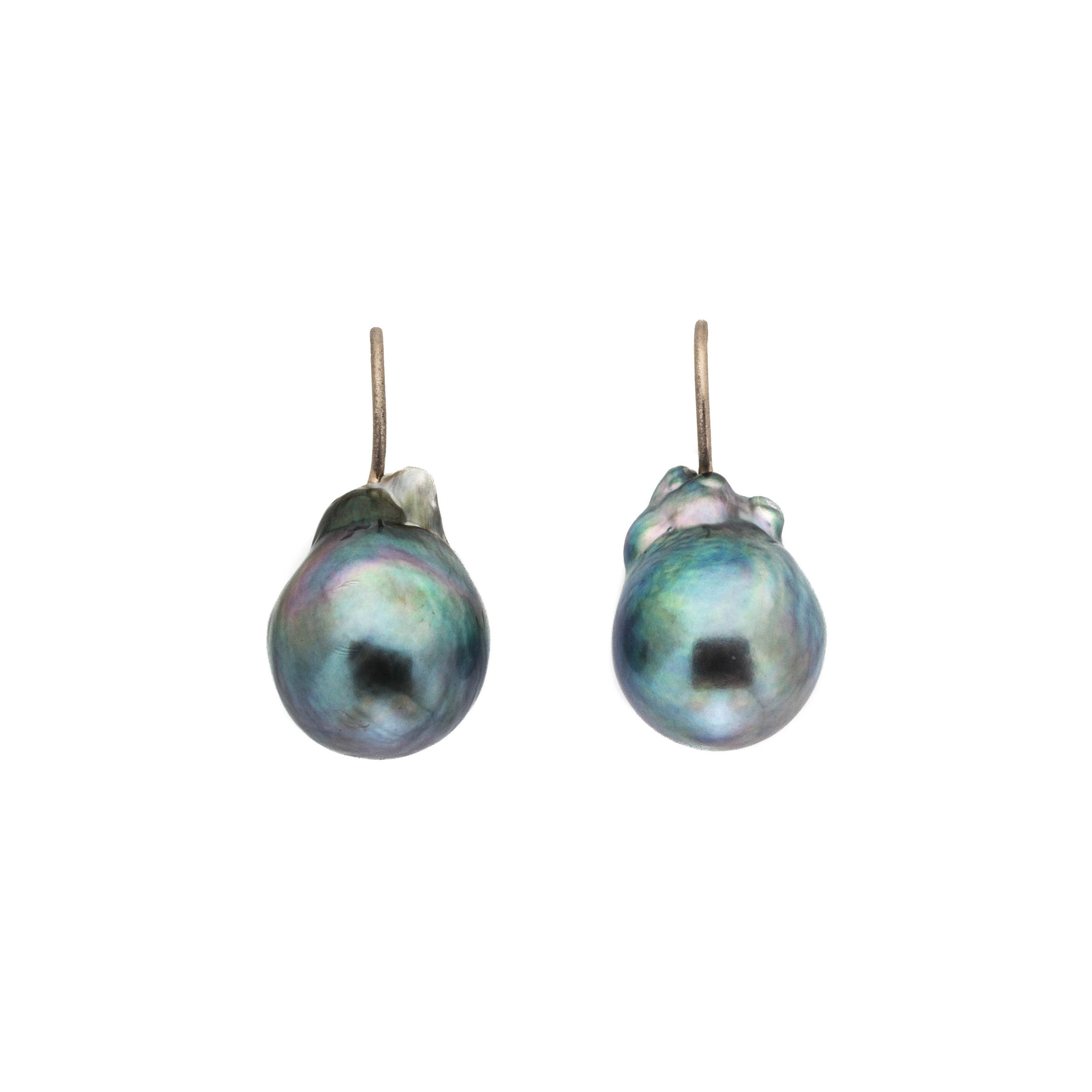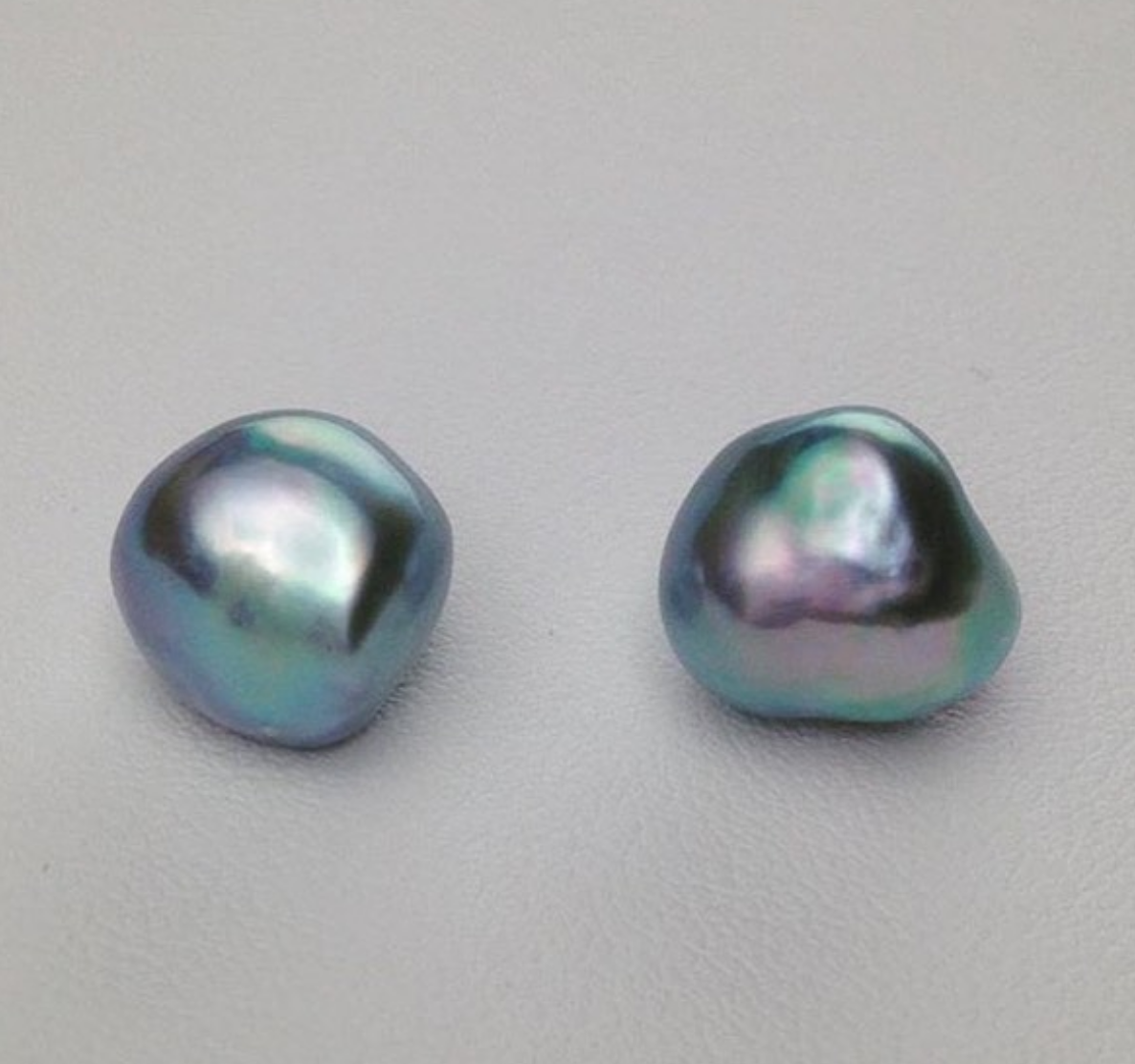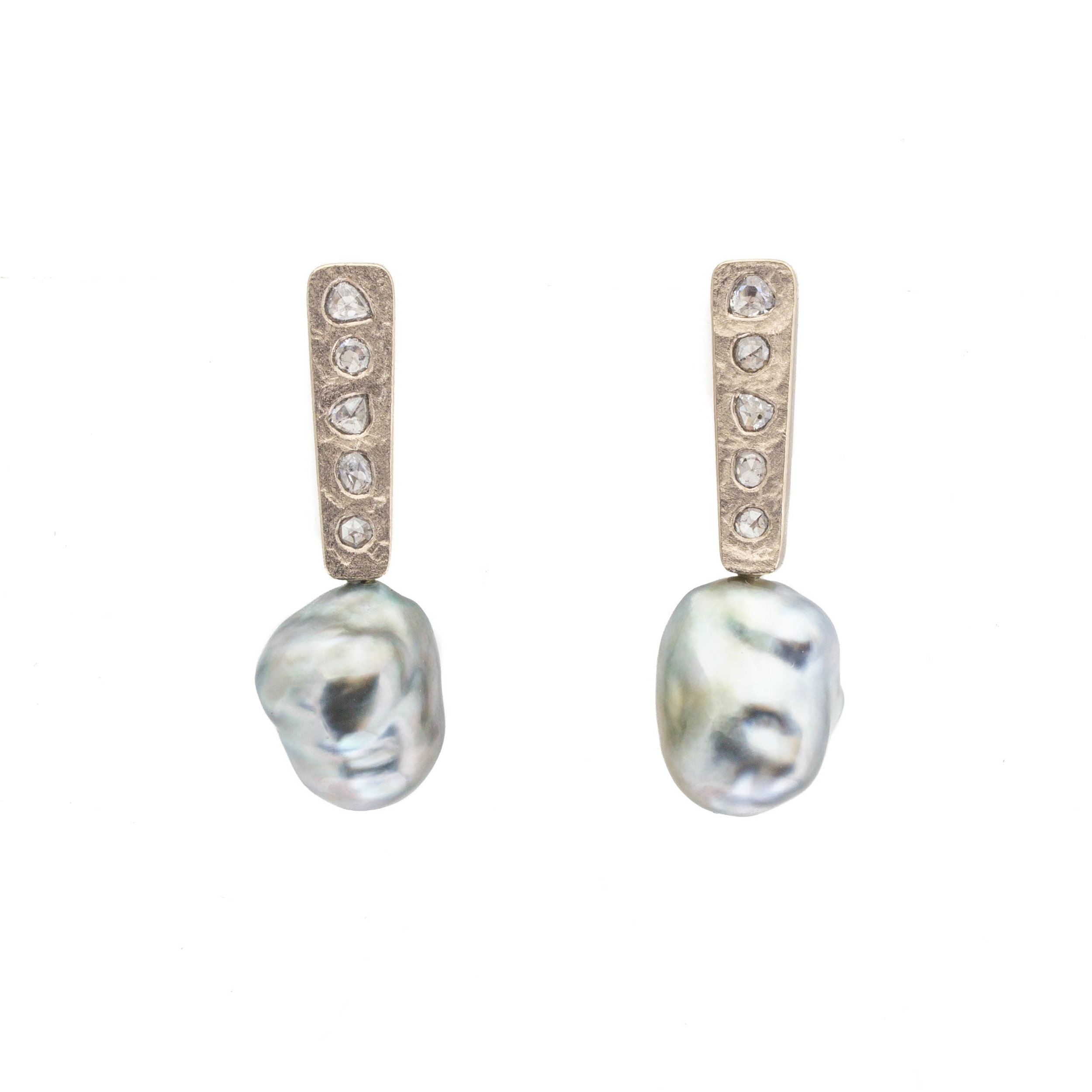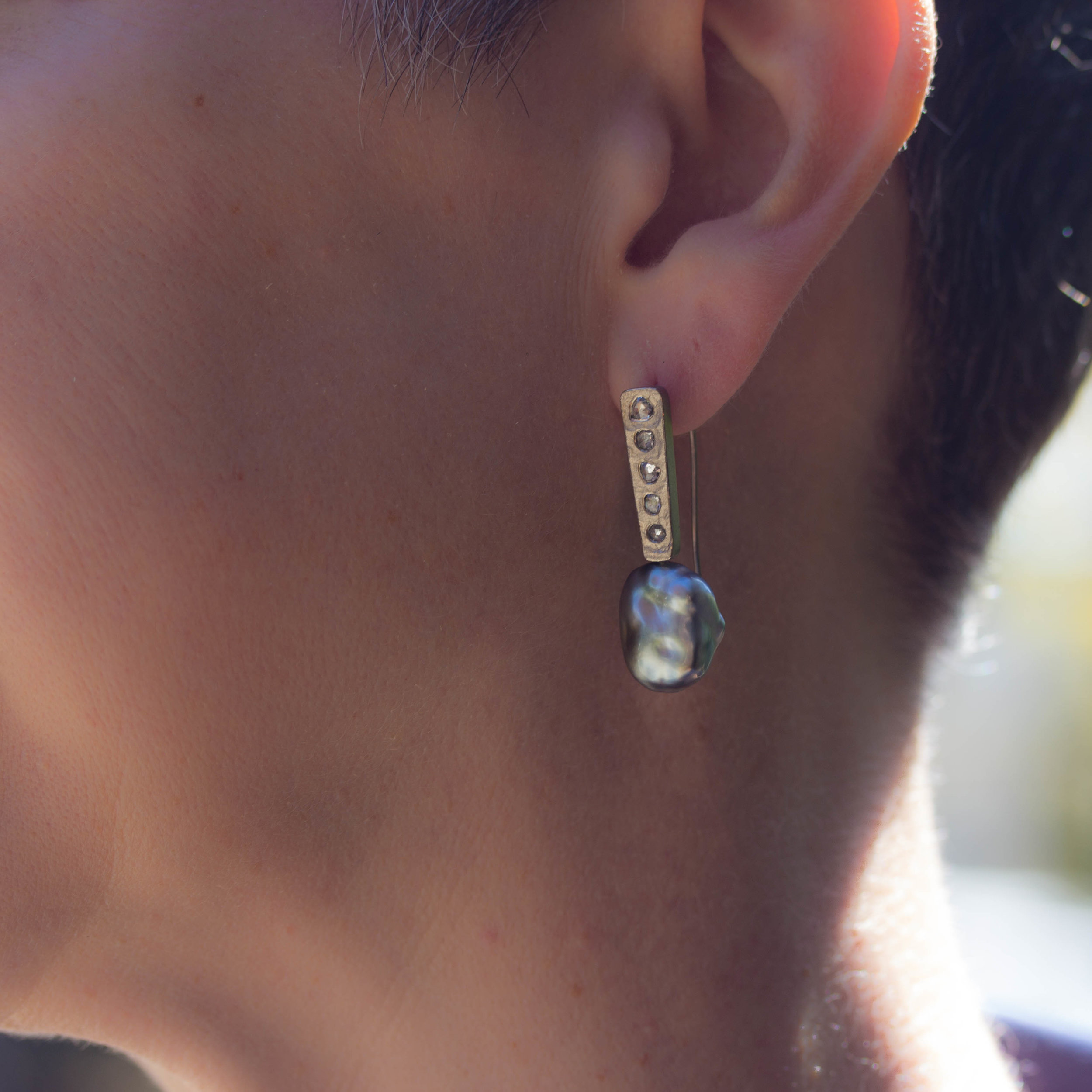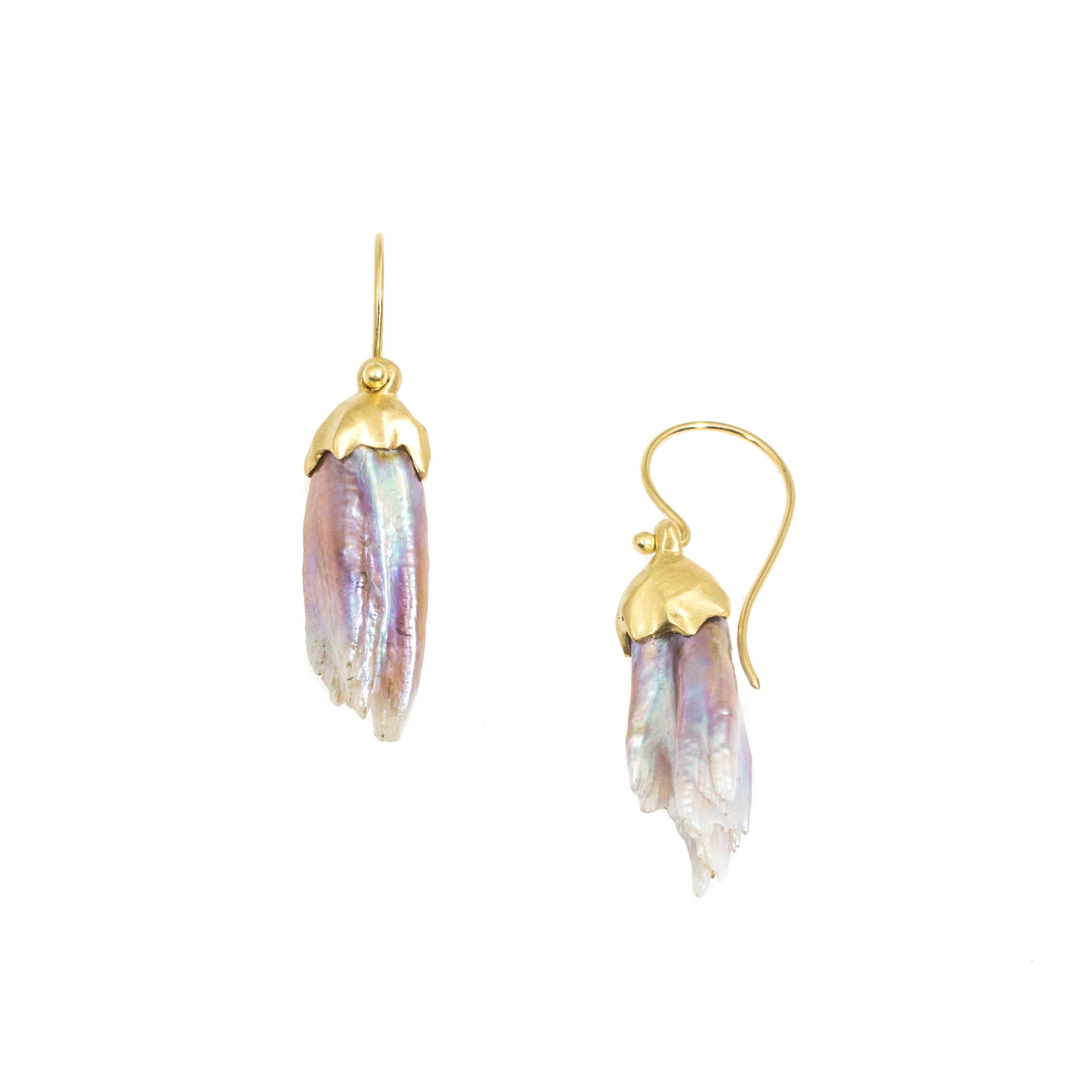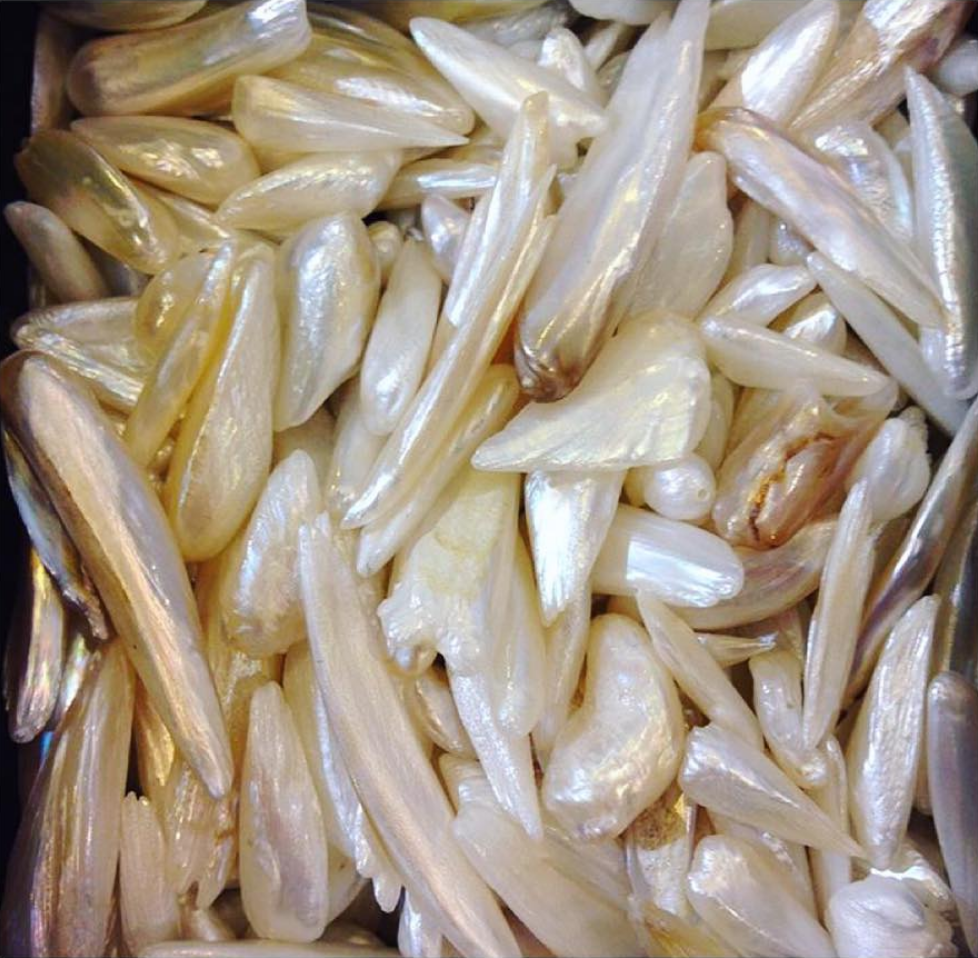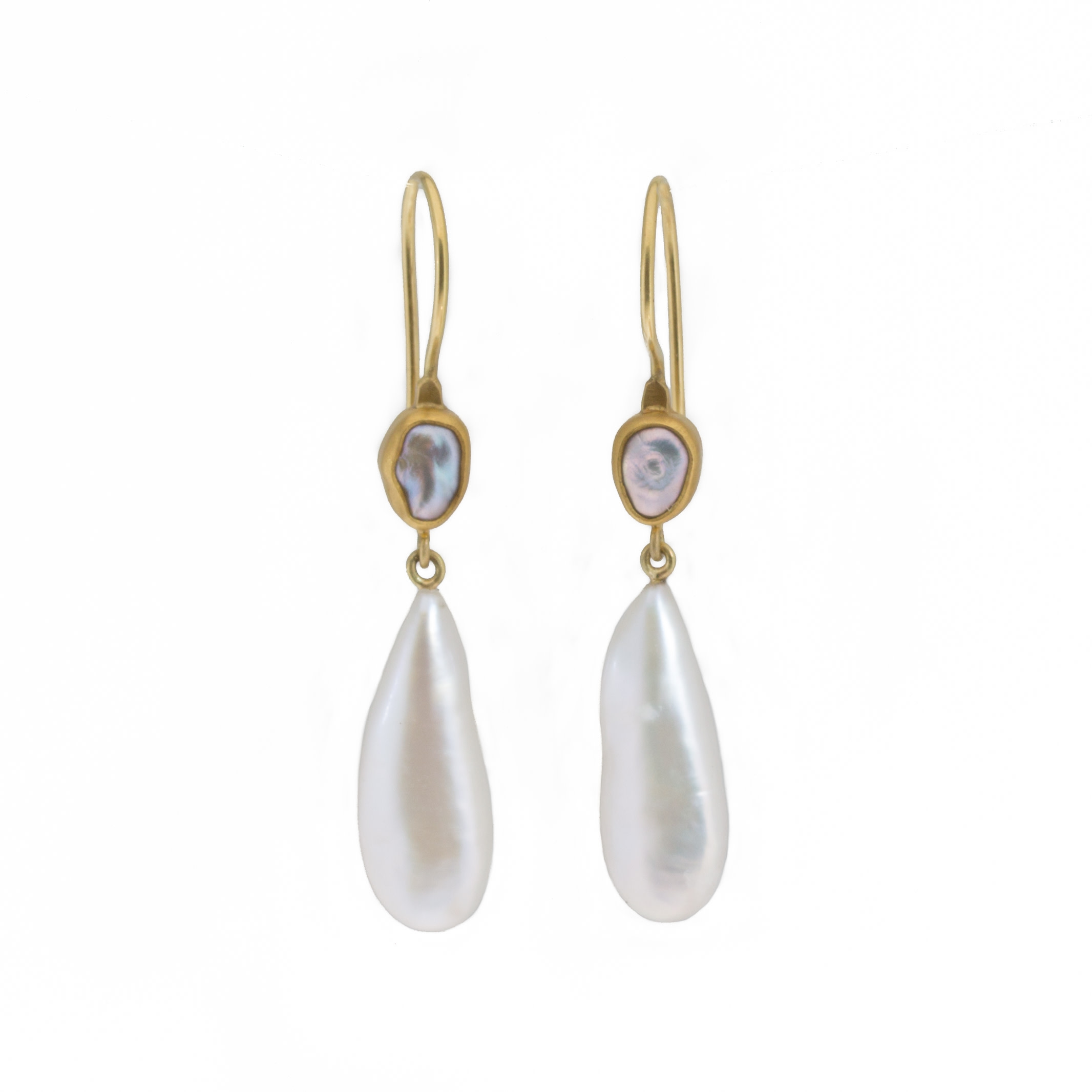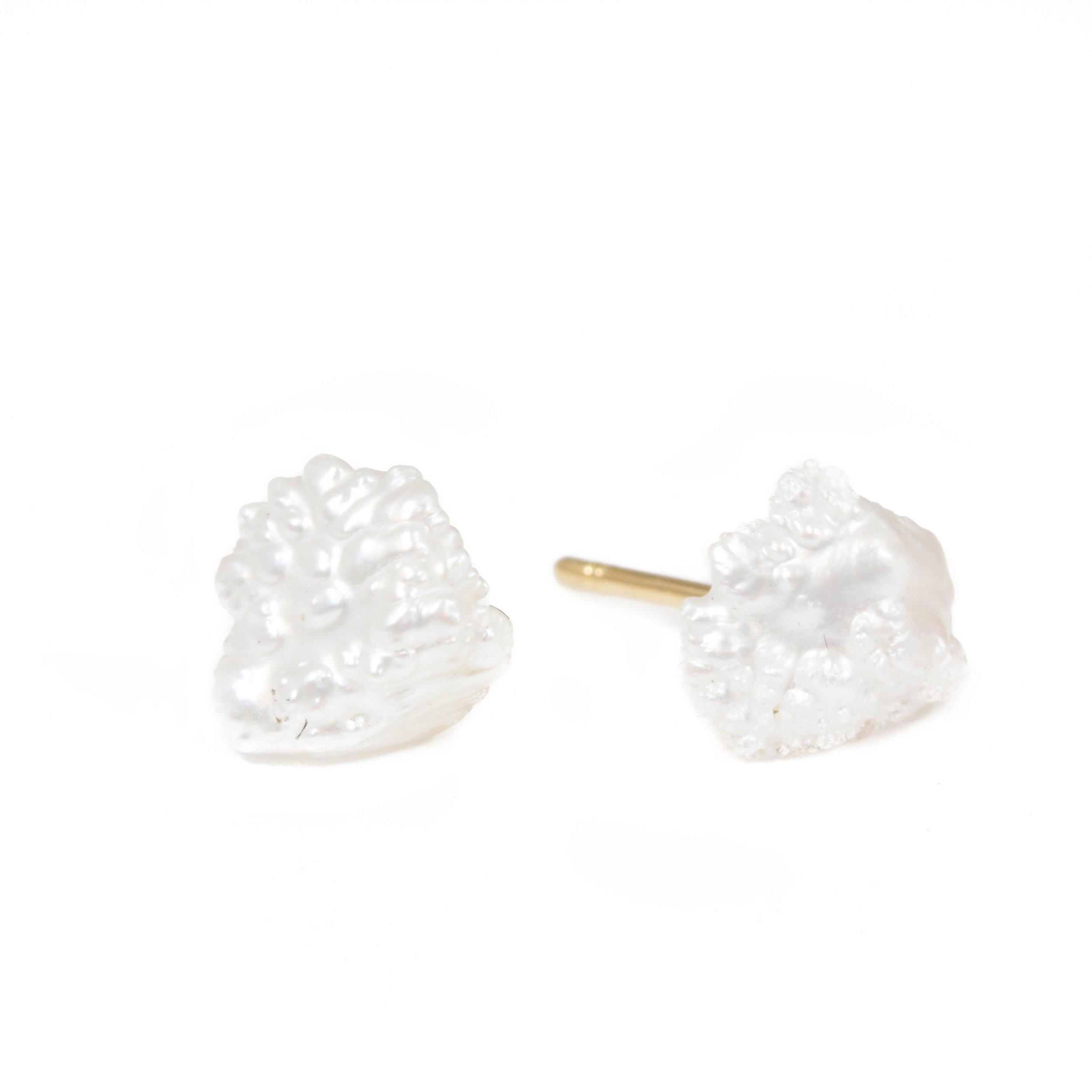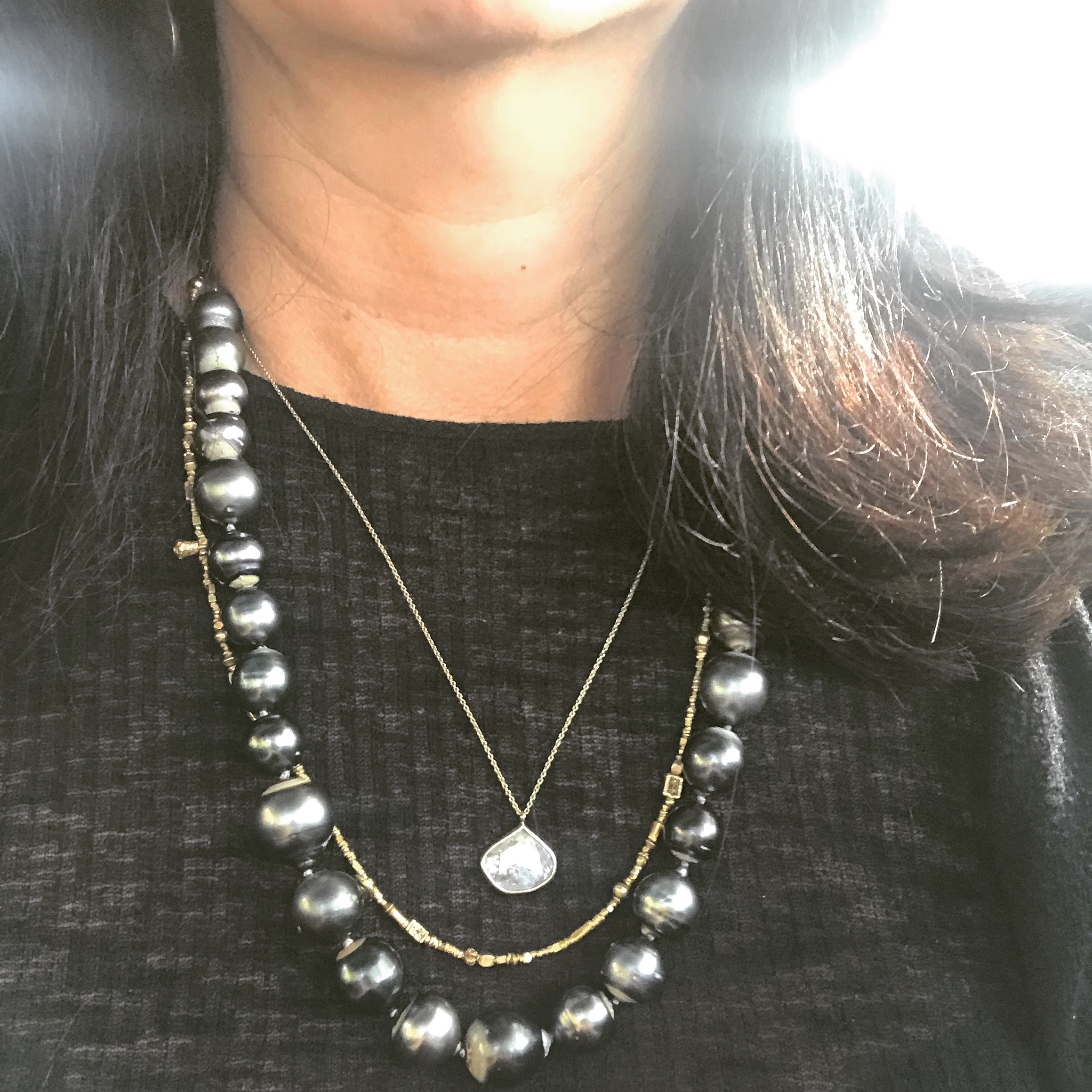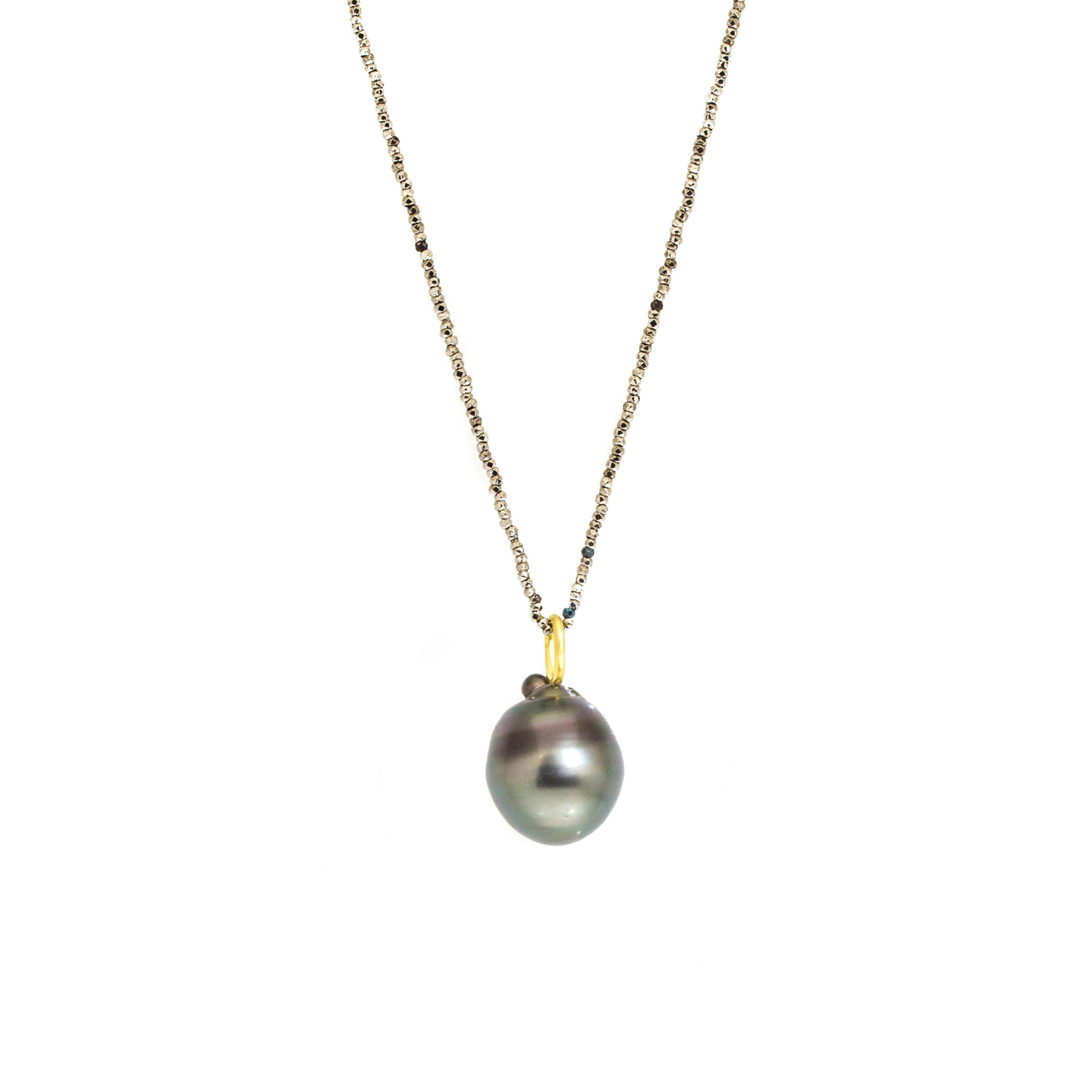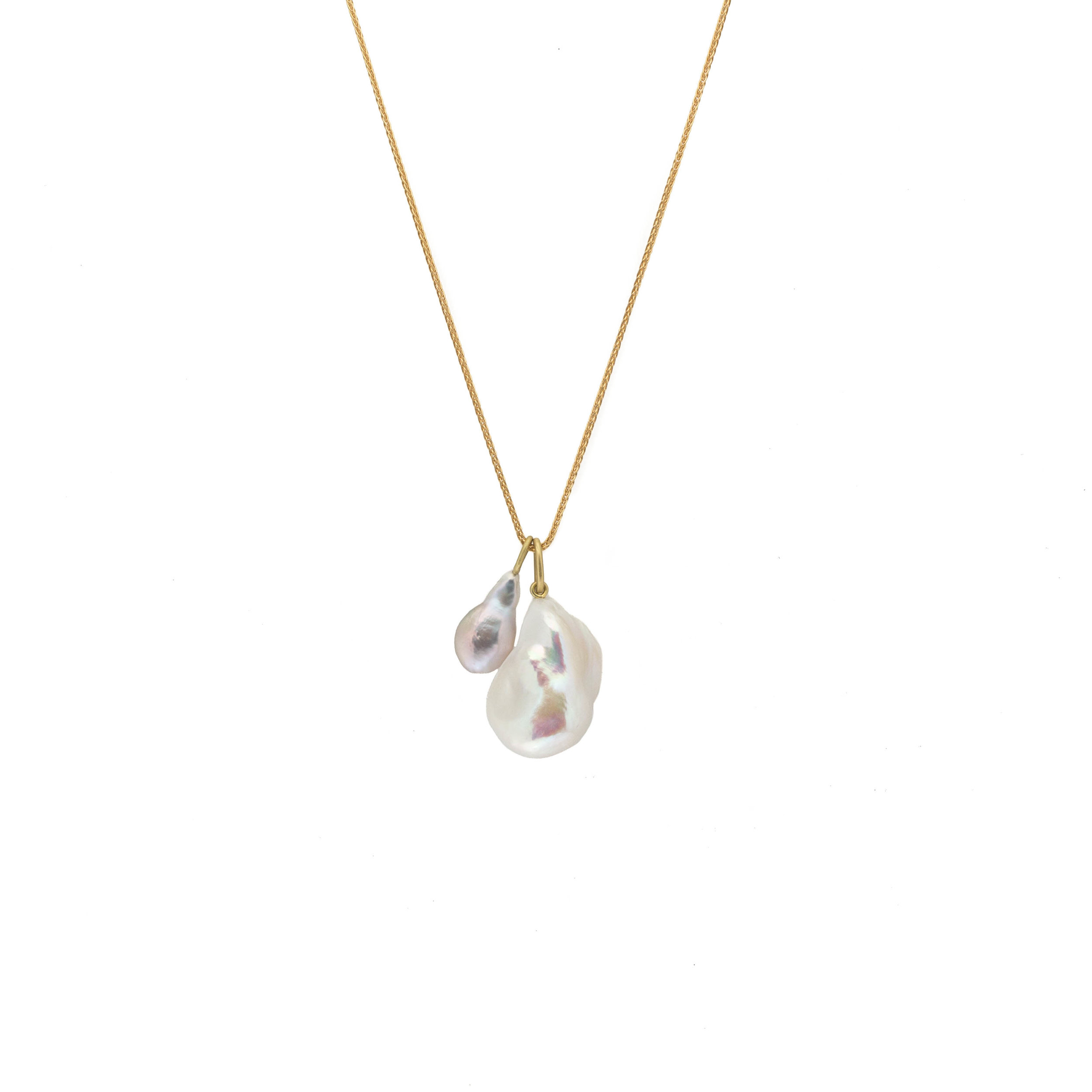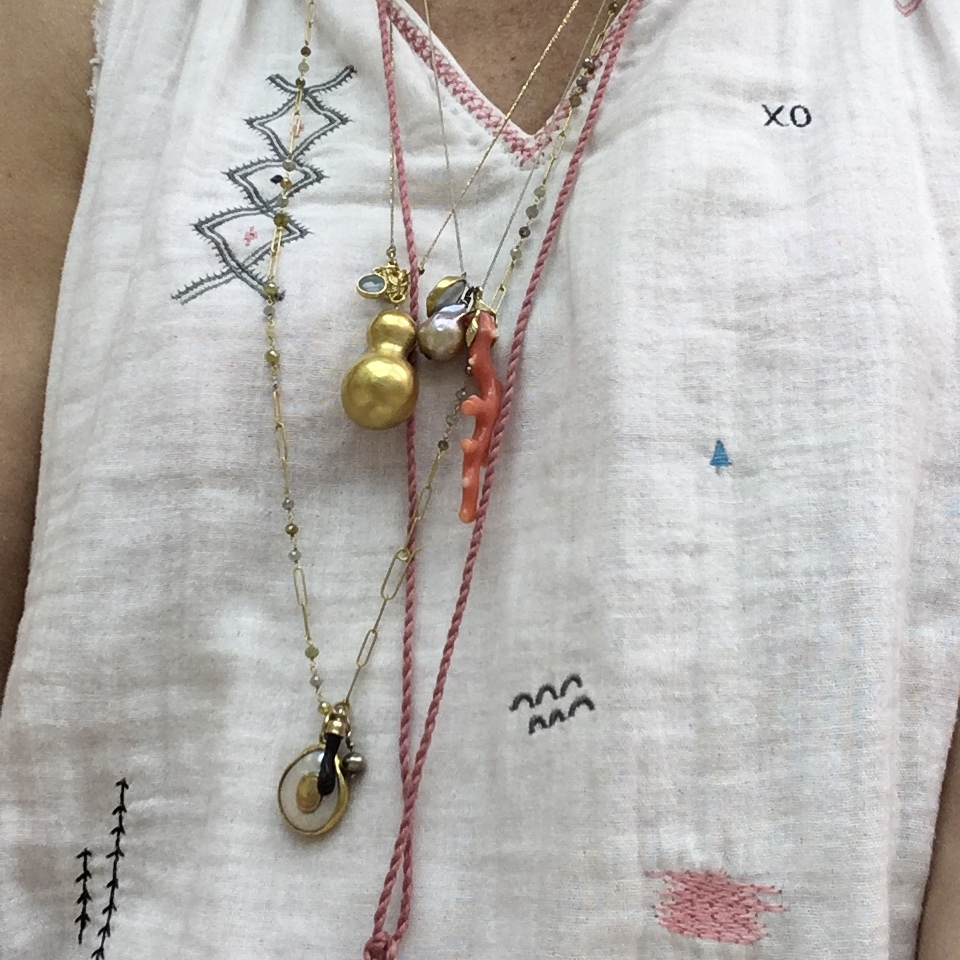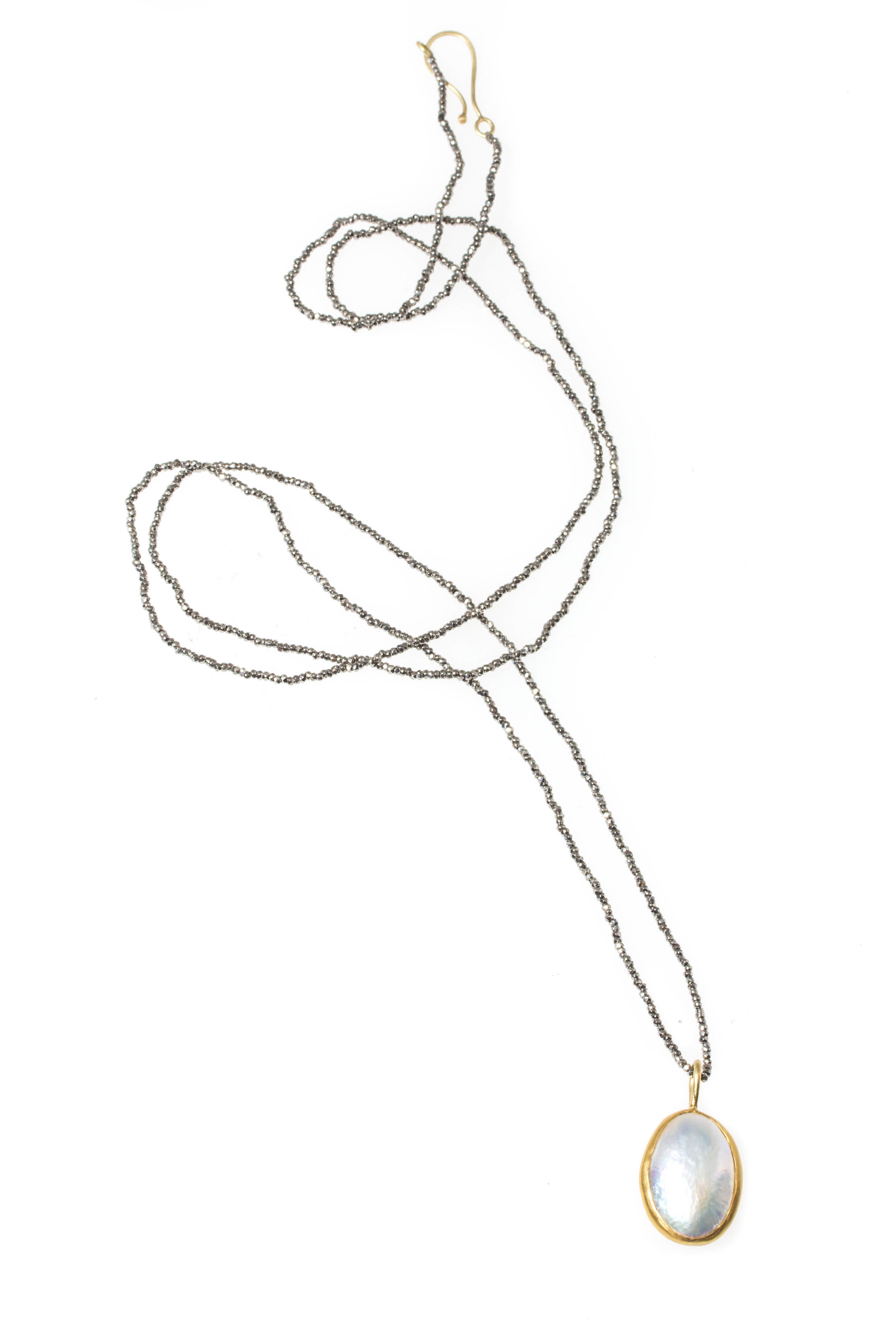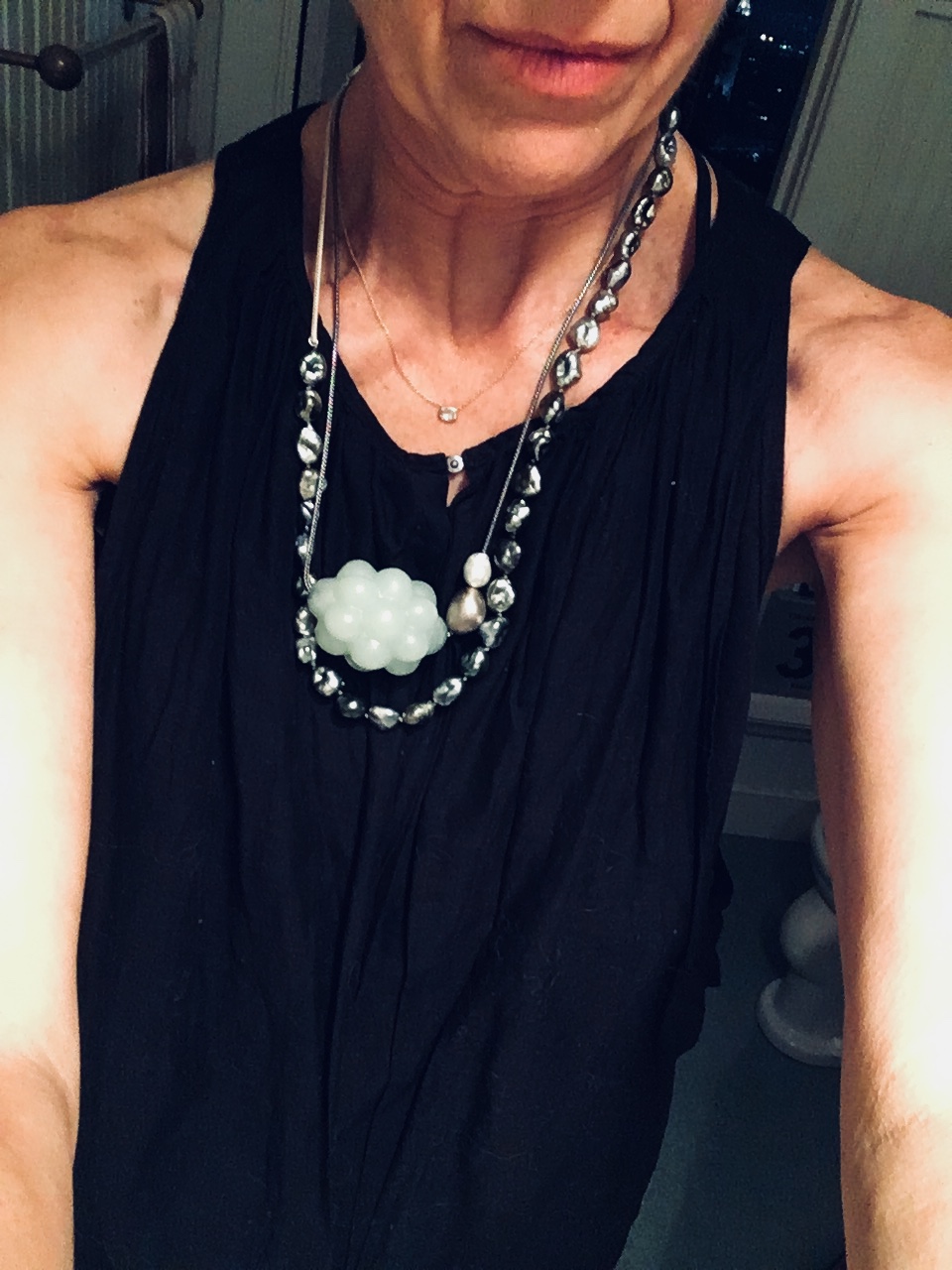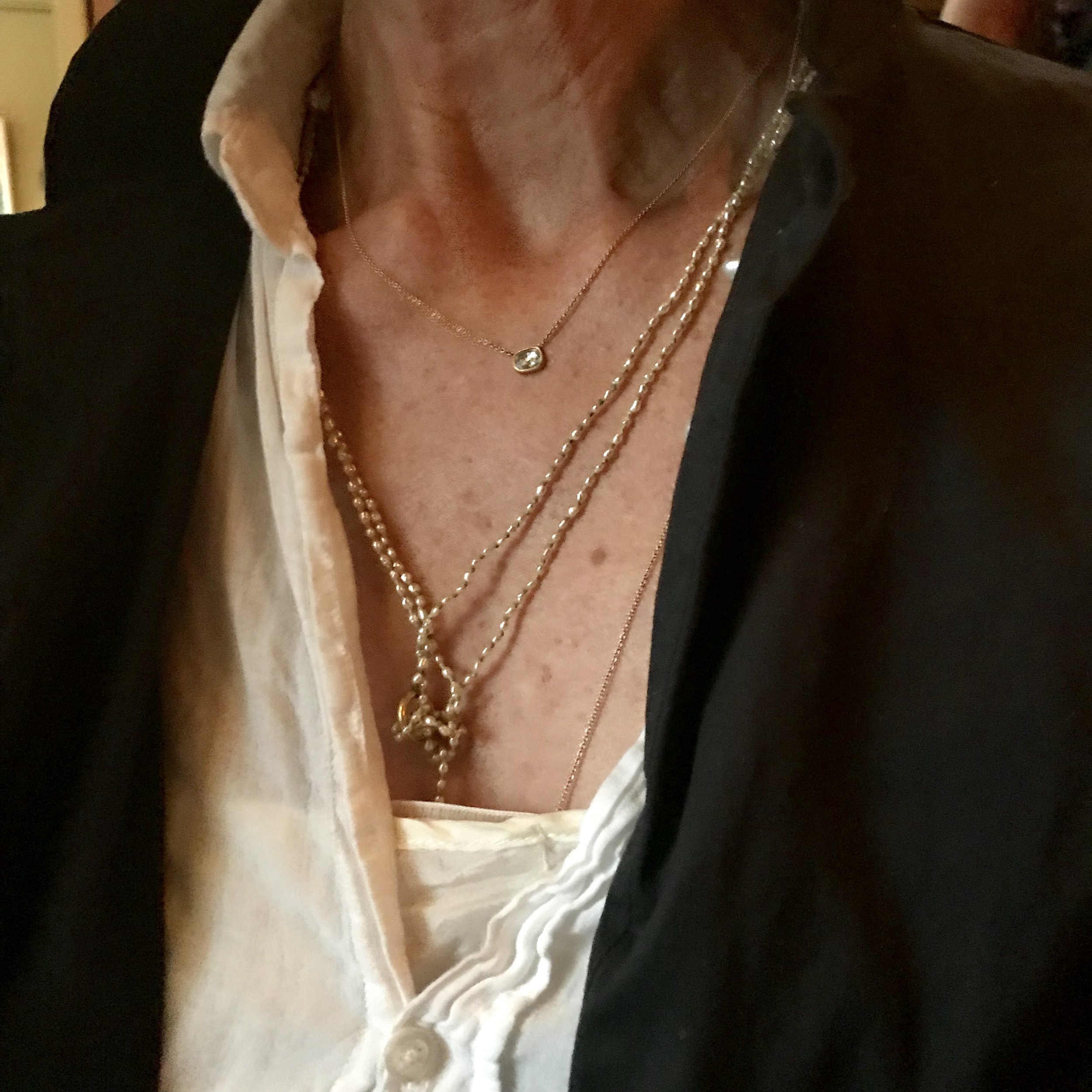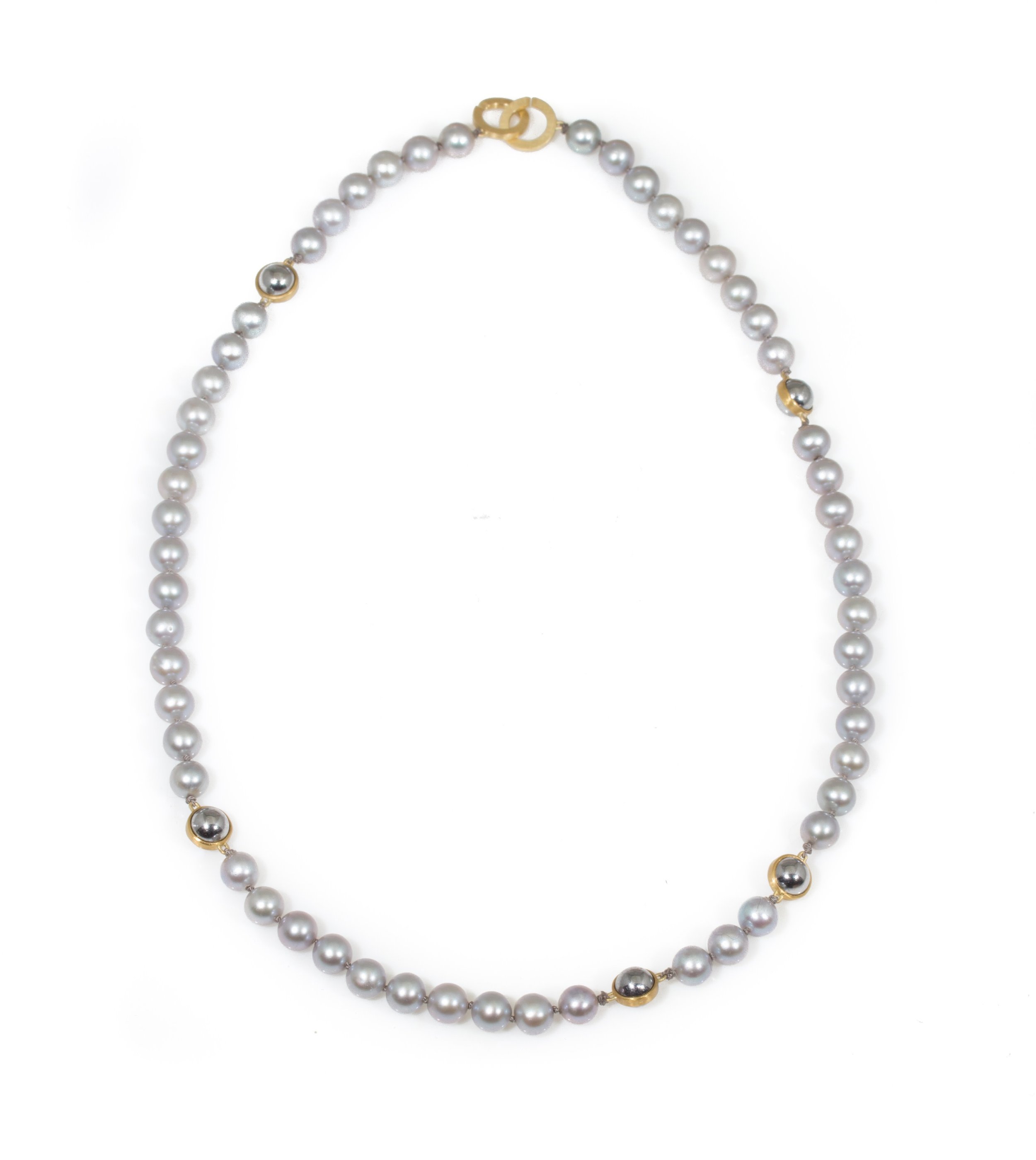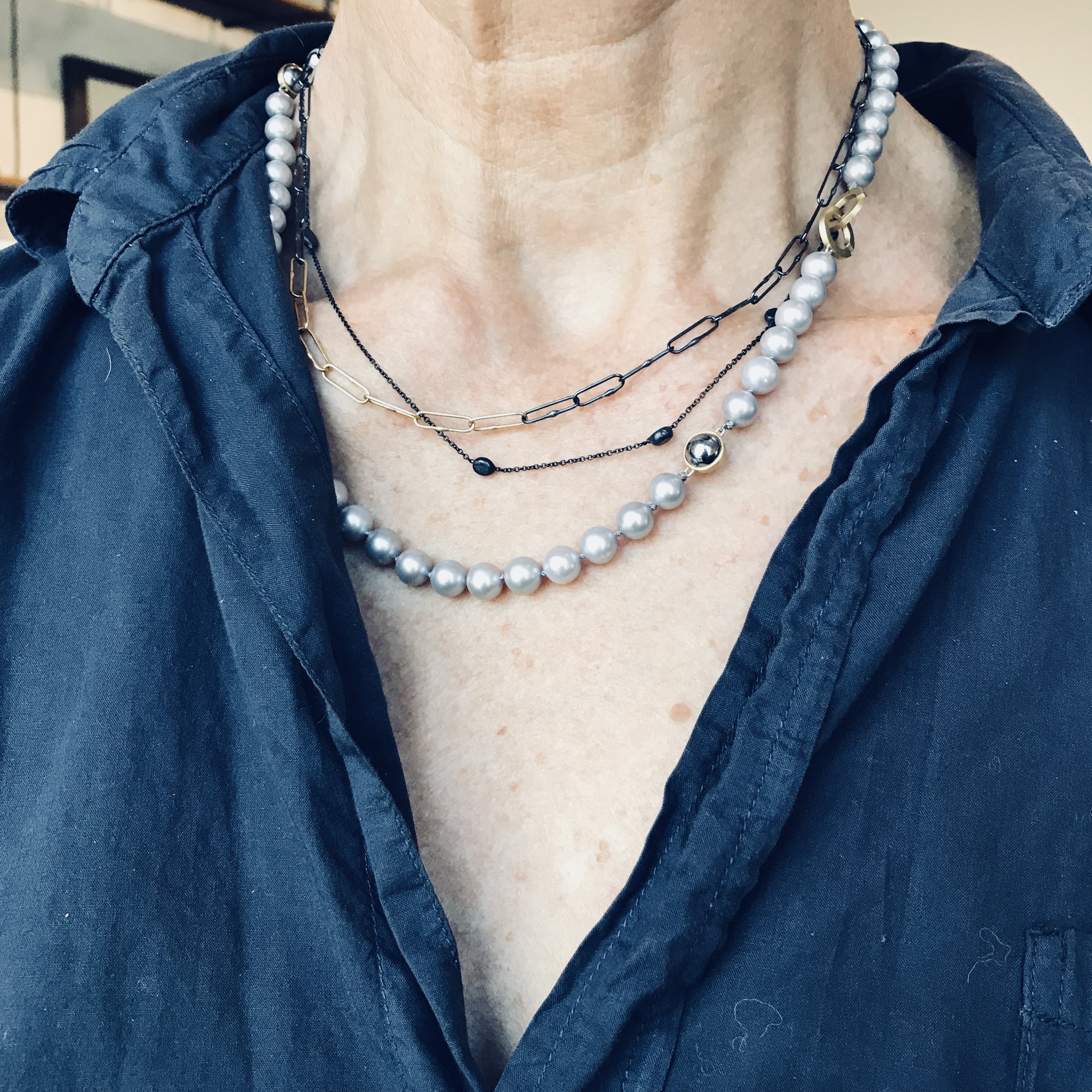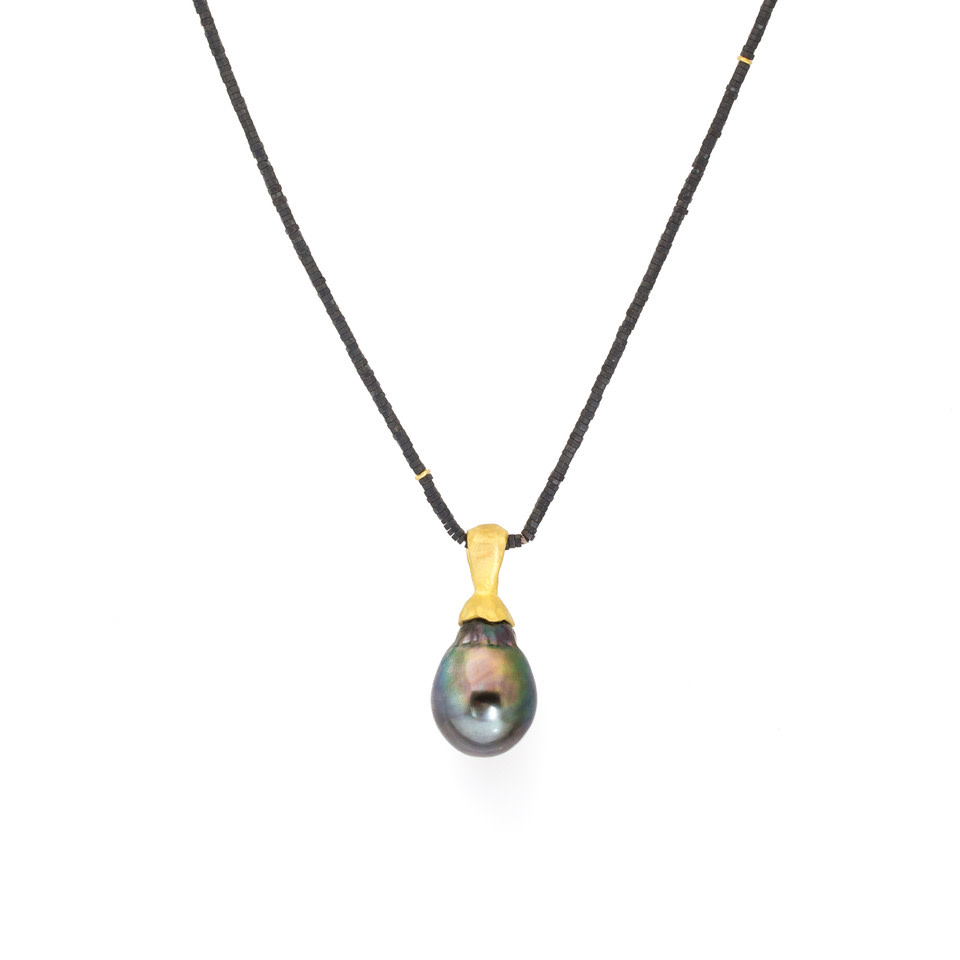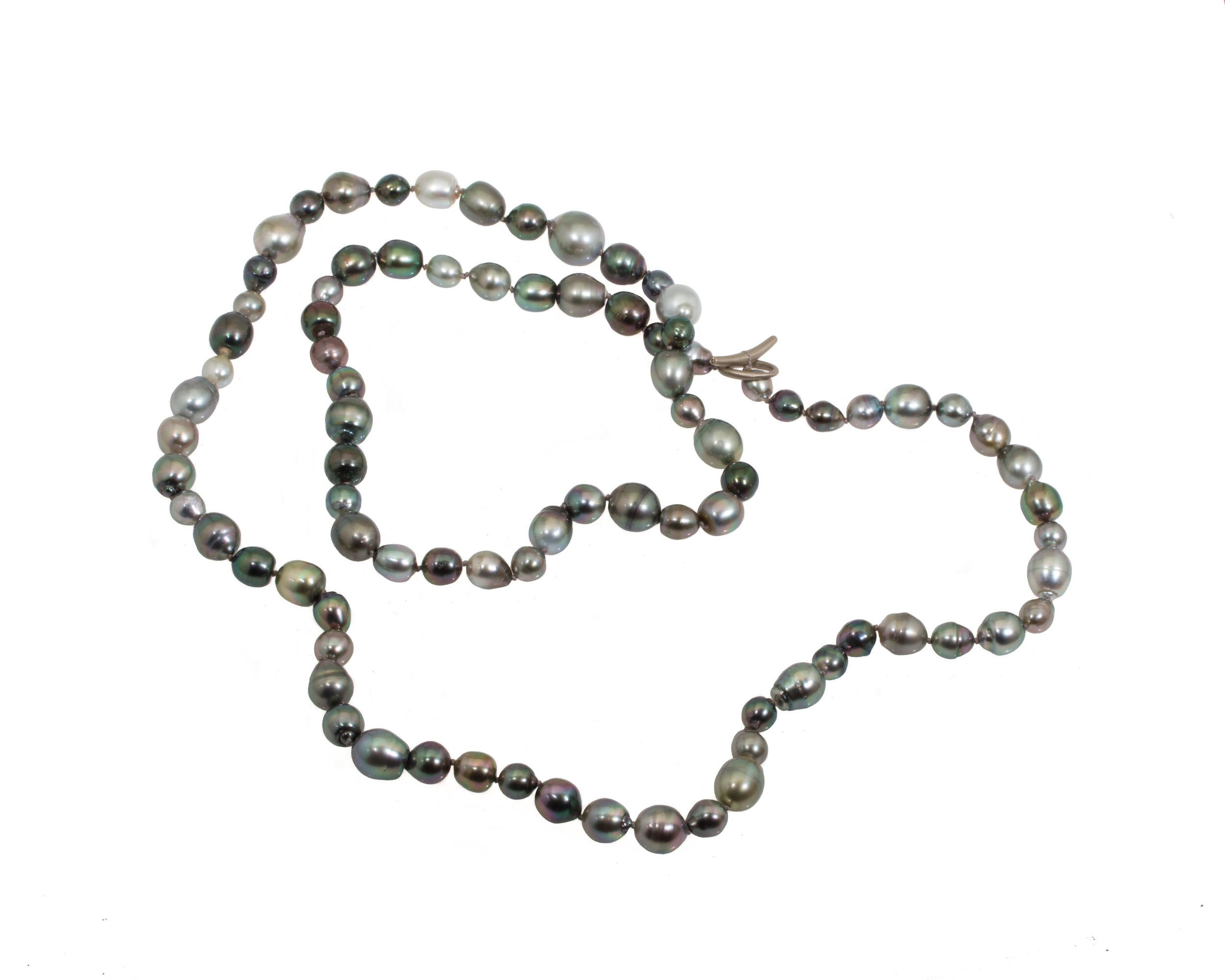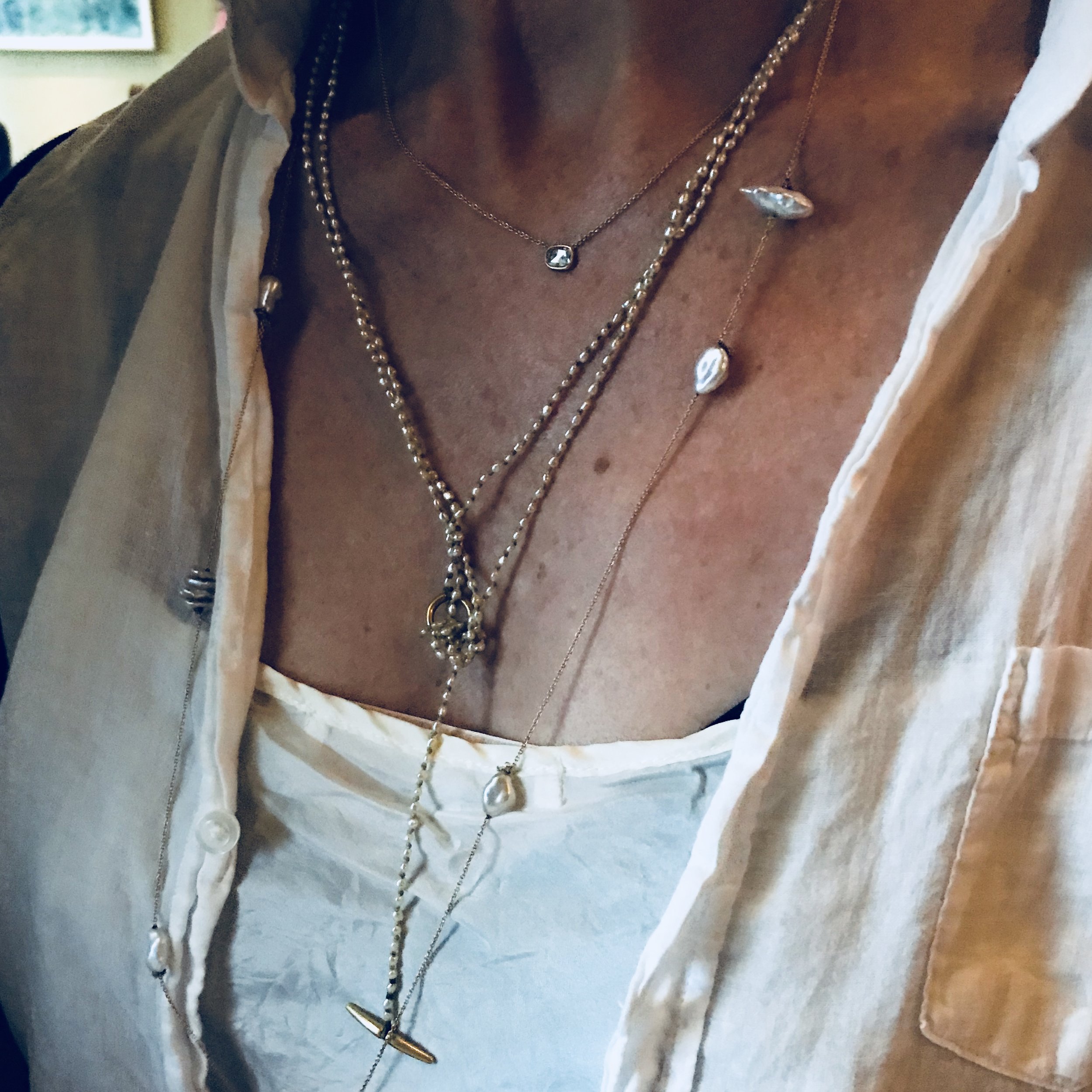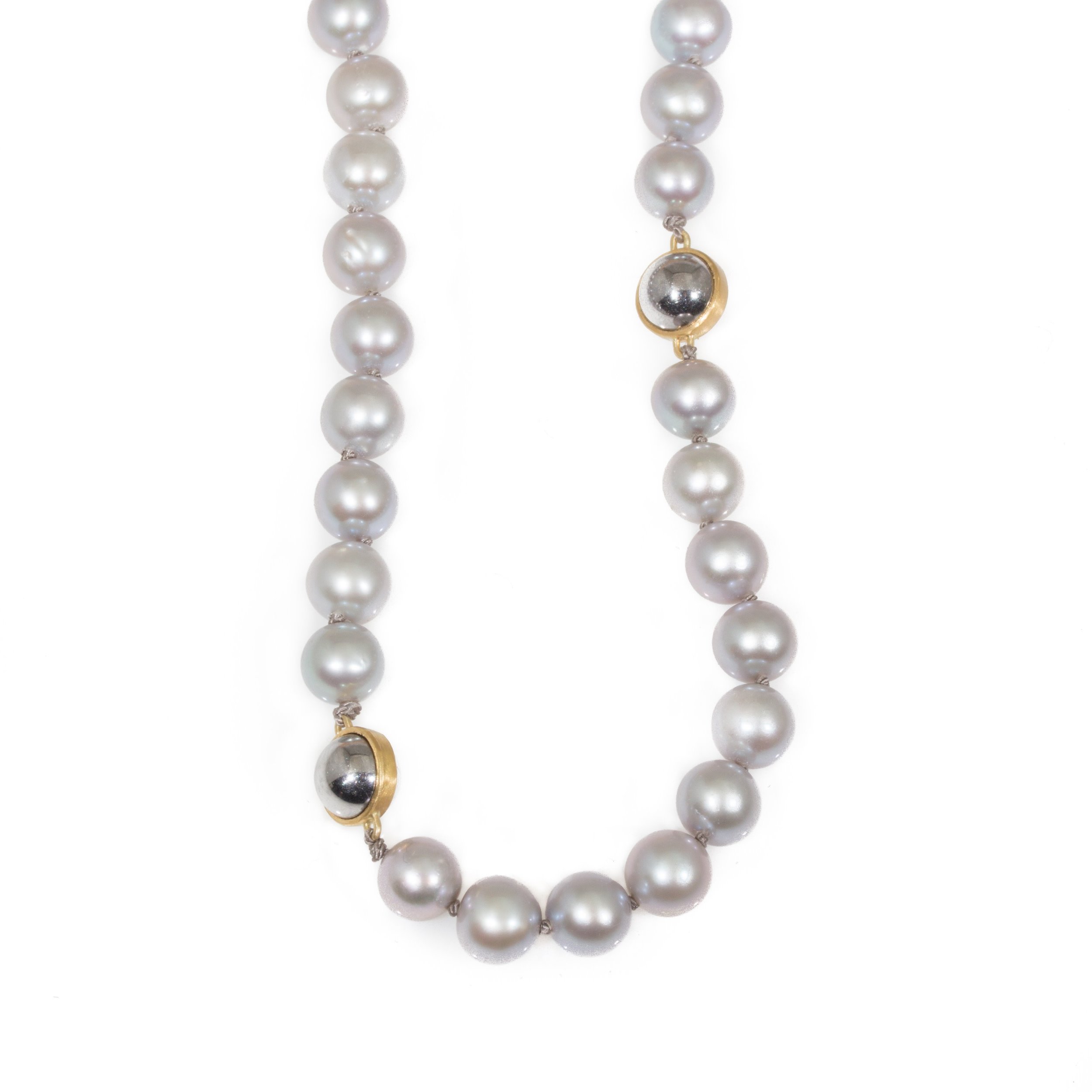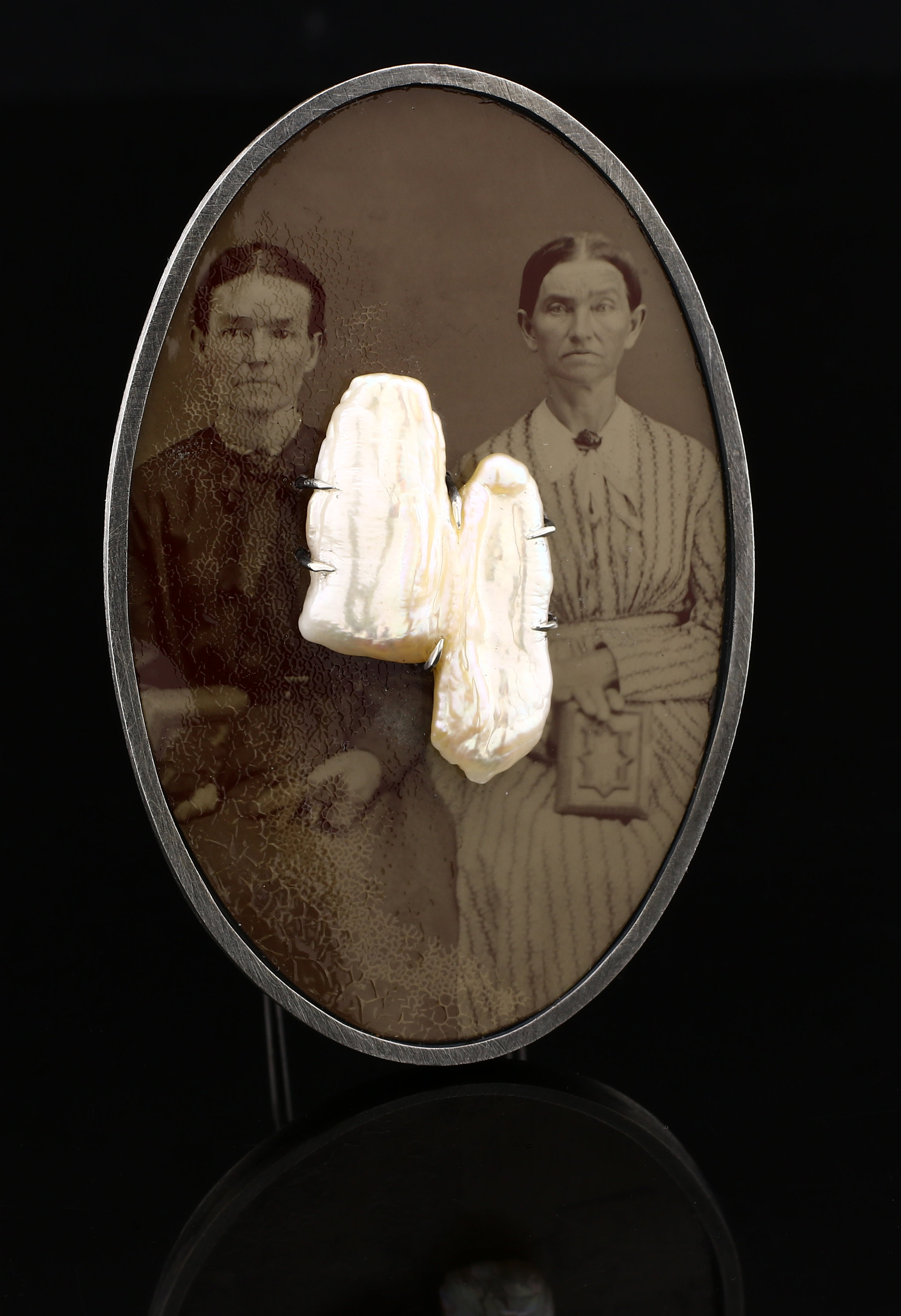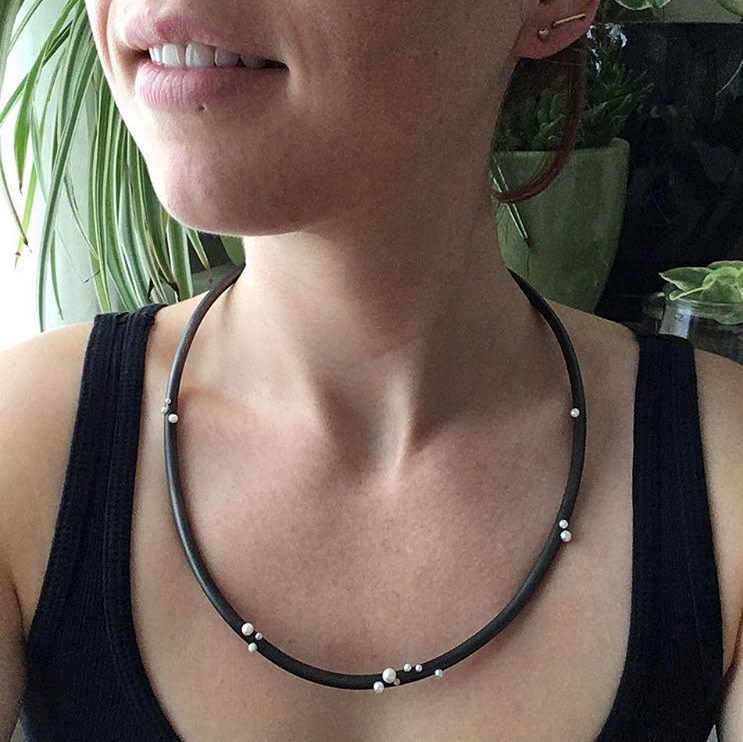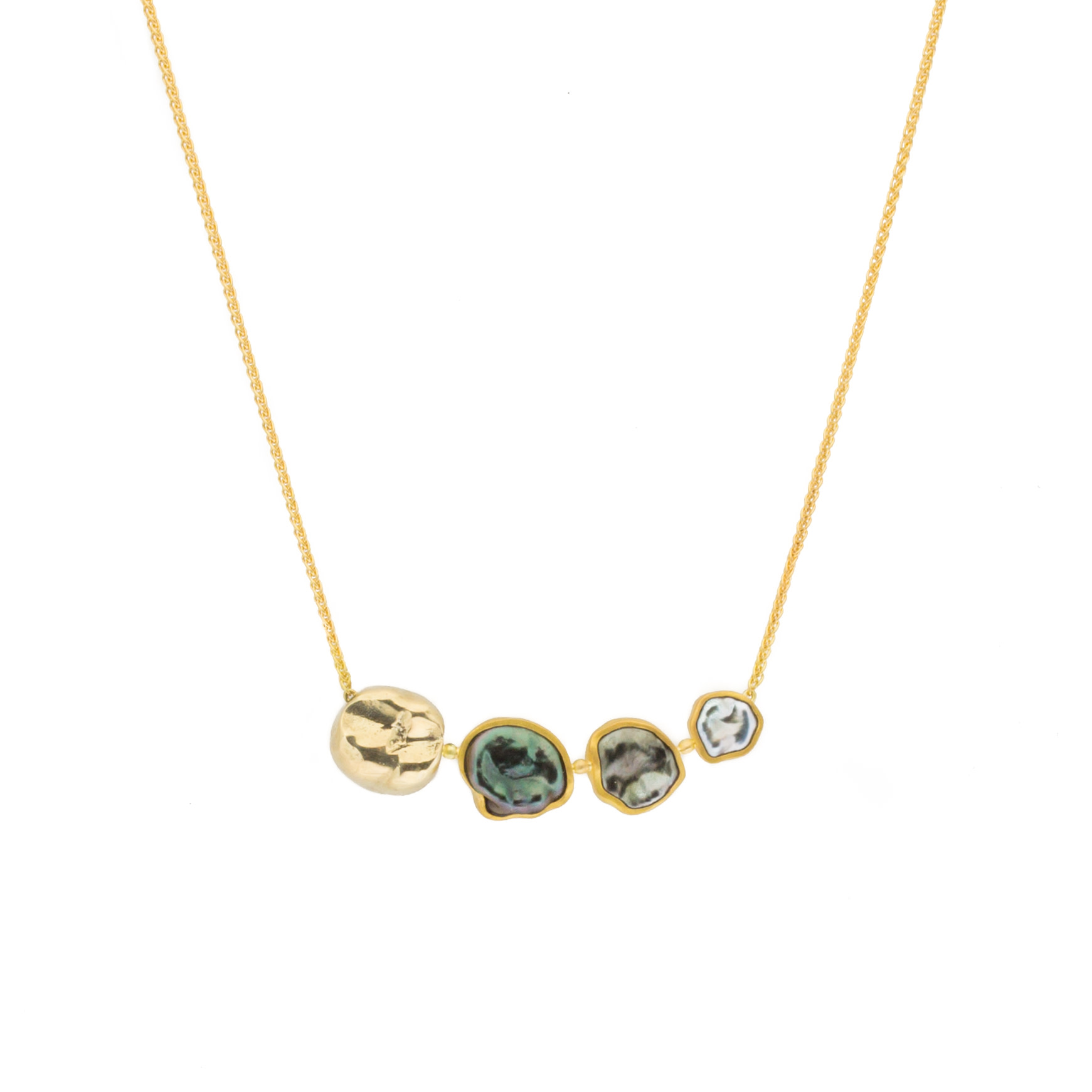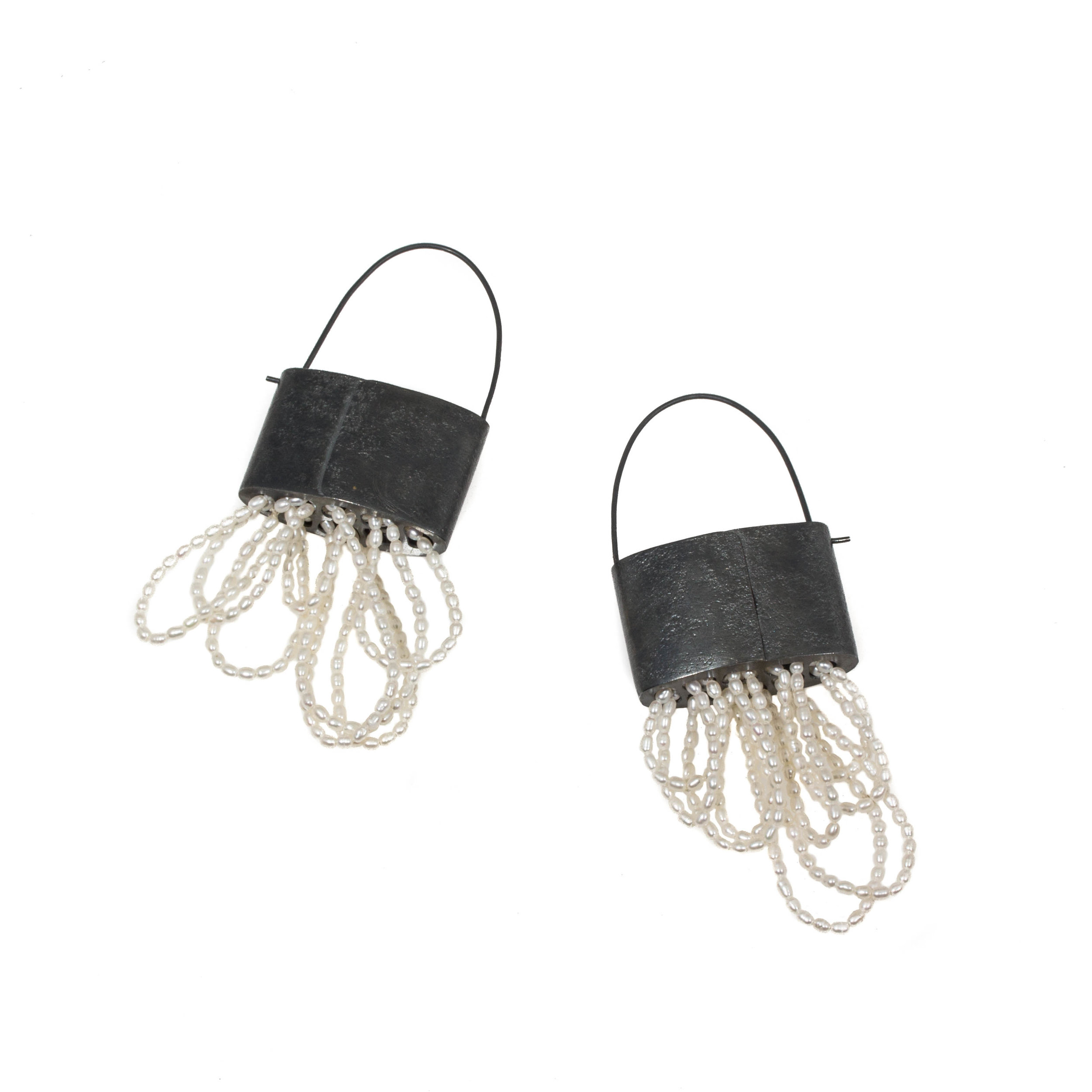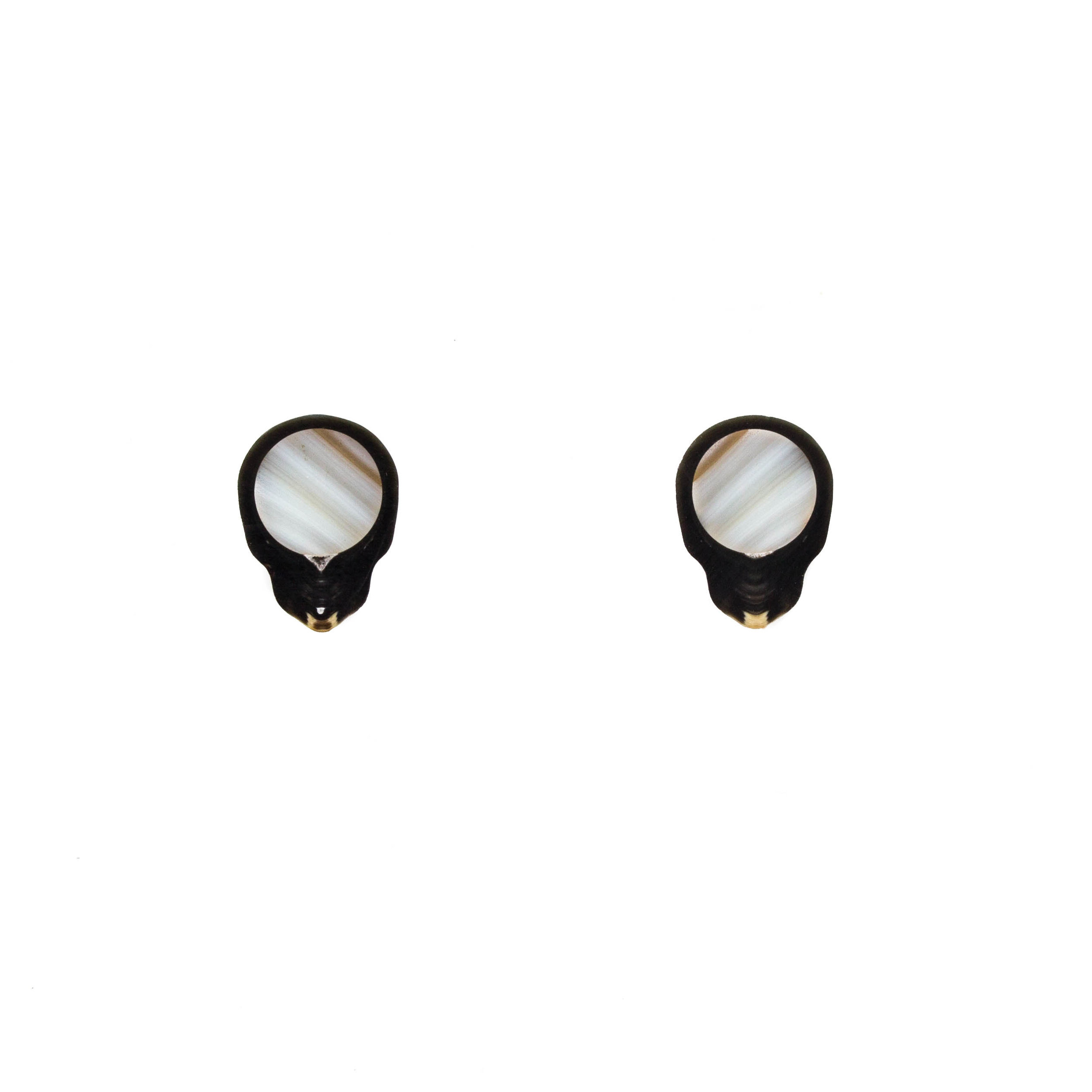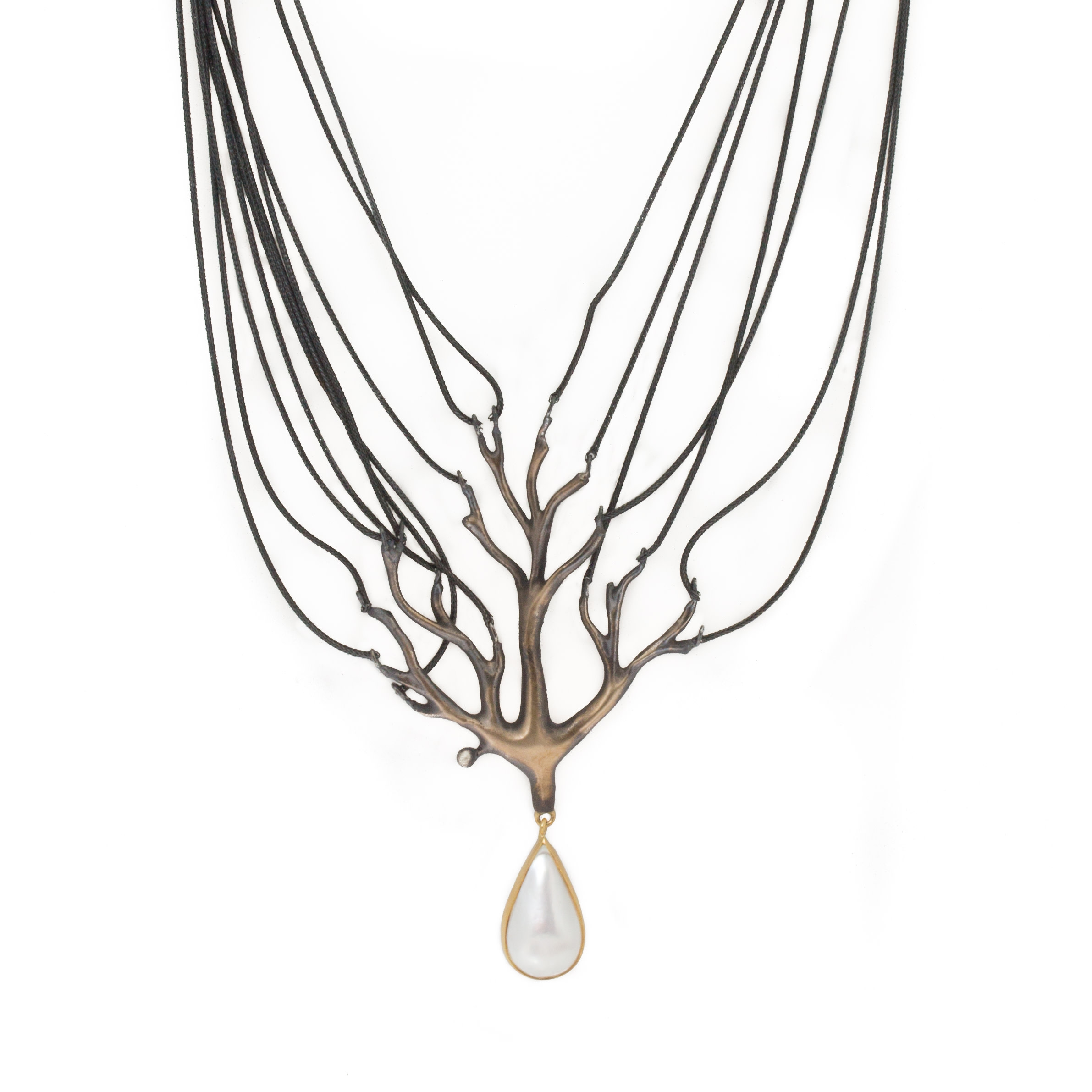2020-21 was a year that extended motherhood like no other year before. Enter the pandemic. If we already felt like we couldn’t stretch another inch, we now know we can stretch a mile!
Personally I was beside myself when my son stopped going to school. I was worried for my staff, meanwhile trying to keep my son on track with online school and keeping up his mental health. The hustle was unreal. If I ever thought multi-tasking was a skill I’d give up, forget that. I had to kick it in now more than ever. Somehow we all made it through; some of us even thrived. As the long months passed I ended up moving Shibumi to Fourth Street and expanding my team. I also realized the amazing opportunity I had to give my son some independence to learn on his own, while gently guiding him towards meaningful projects. He created a garden, learned how to display in the gallery, he painted his War Hammers, practiced his trumpet, discovered animation and even taught me film making basics! We also had our coping routine of eating BLT’s for lunch and watching Glee in the evenings. I worked more than I ever have since my twenties yet stayed engaged and felt creative. And my son still thrived, grew and learned new skills. (See his latest animation commissioned for the finale of the Flora & Fauna show below.)
This month I wanted to thank the many mothers who have shopped or been shopped for at Shibumi as well as honor and thank the community that has supported us, shared details of their families and inspired true kindness and creativity in our lives.
I have asked a few fathers to share a photo and some words about the mother of their children. These moms will find out how much they are truly appreciated in upcoming newsletters. I’ll also share a few things I remember about their visits to Shibumi.
(Do you know a mother you'd like to tell us about? We would love to hear your story. If we feature your story, we have a special Mother's Day gift from us to her. Email us!)
For many, wearing jewelry is a daily ritual. And it is even more special when a piece has a connection to someone we love. Below are a few of my every day pieces I cherish. Each one has a story.
With warmest wishes to all you amazing, beautiful and dynamic Mamas out there! We know how hard you work to make your kids thrive!
Stay creative...
THE SHIBUMI NEWS!
directed by Ando Powell, age 11.



